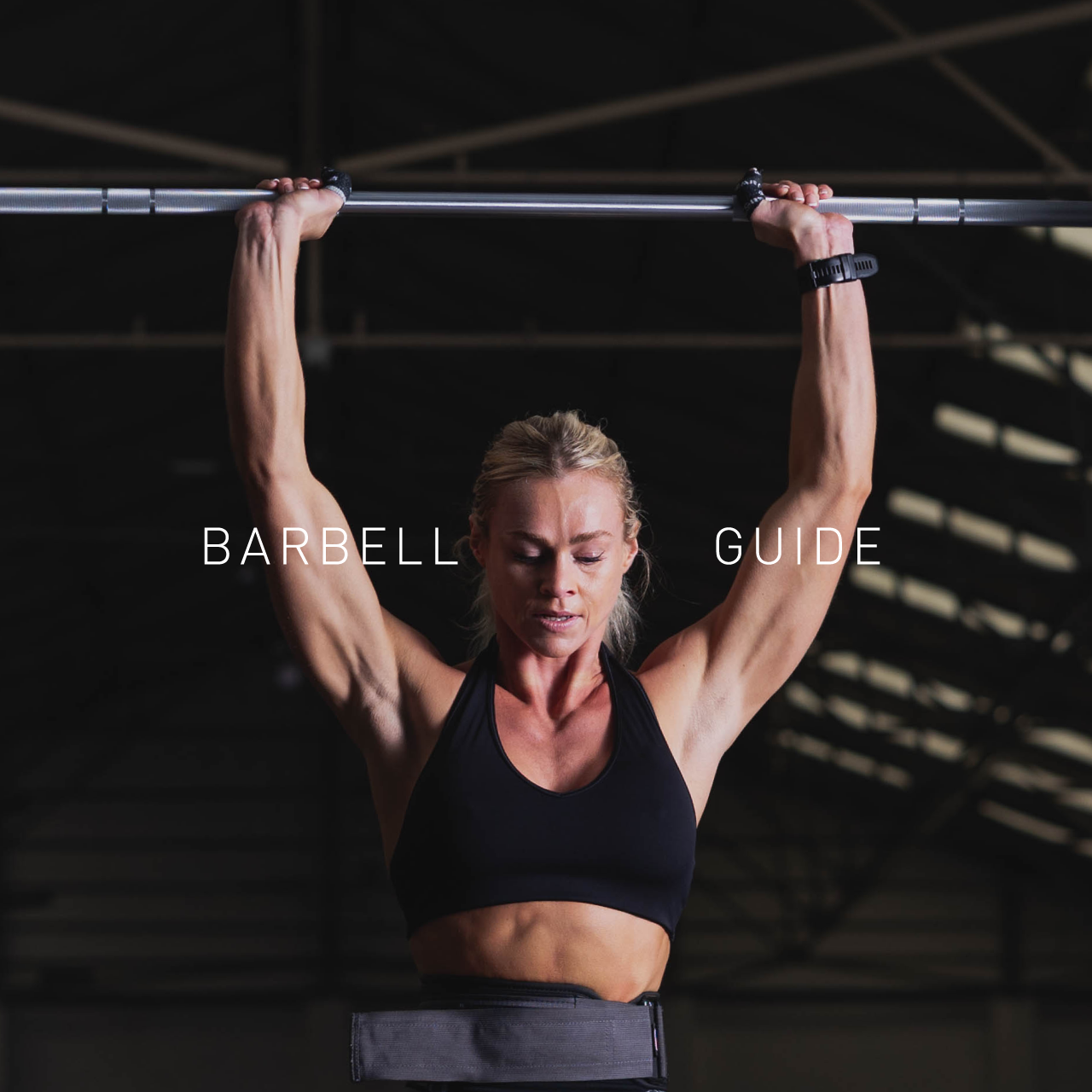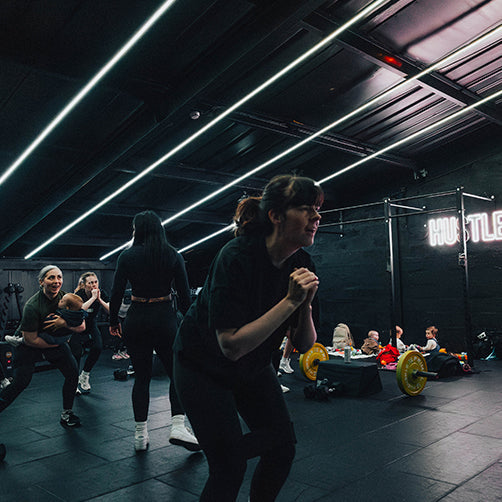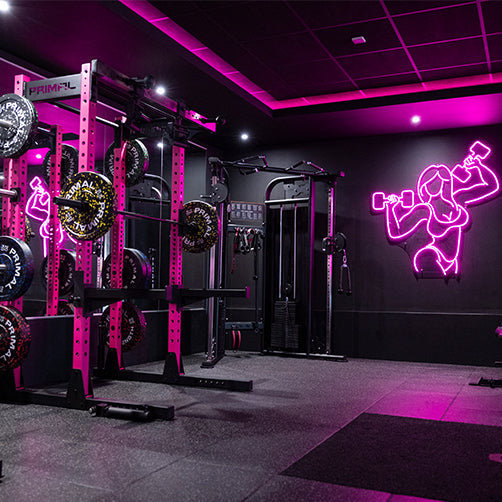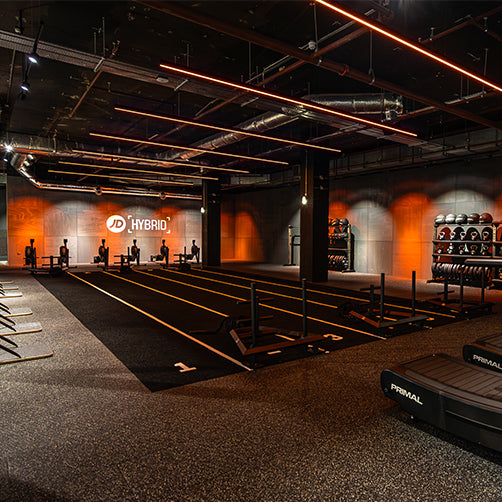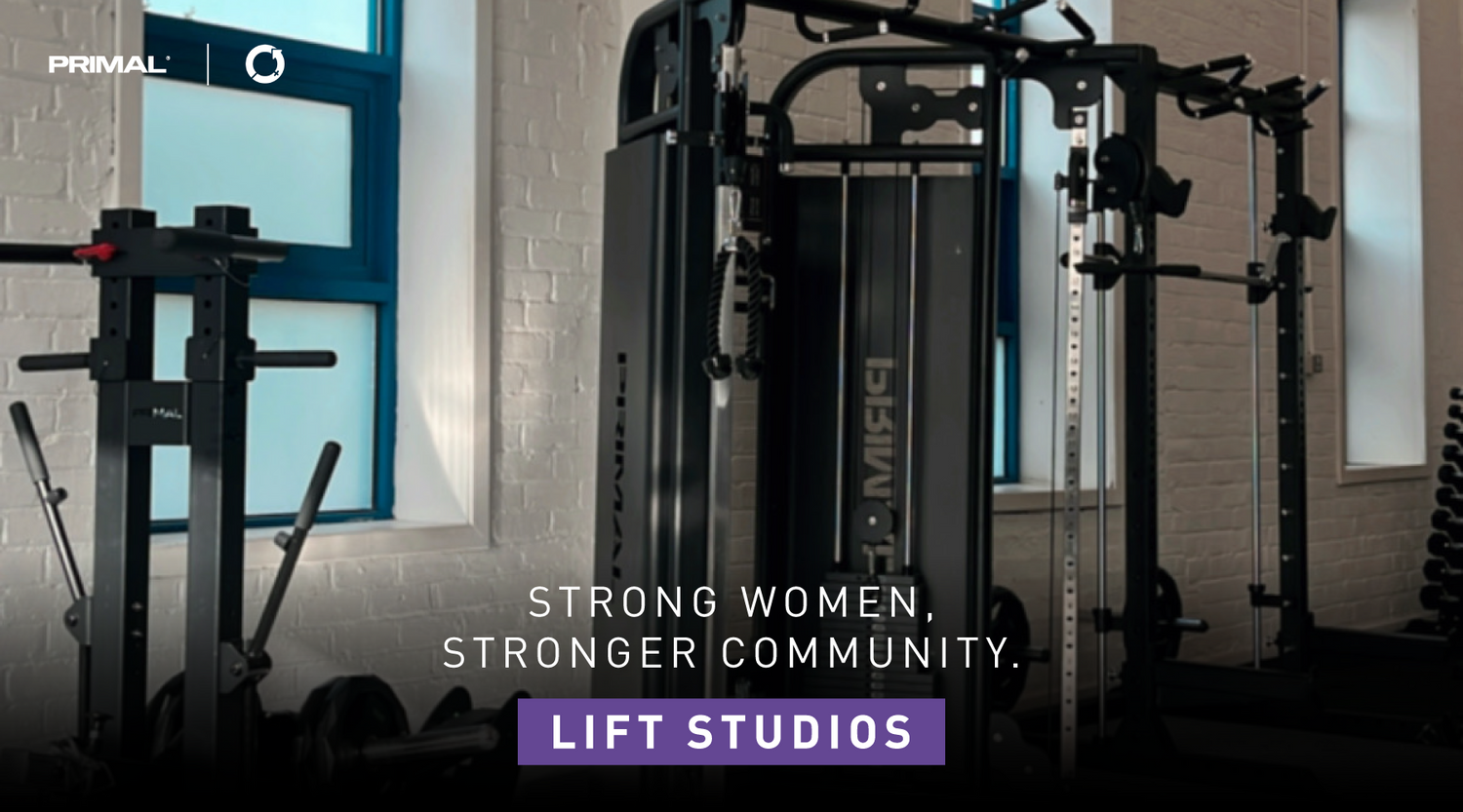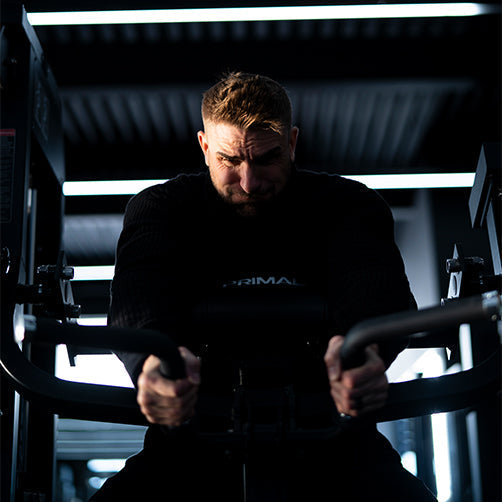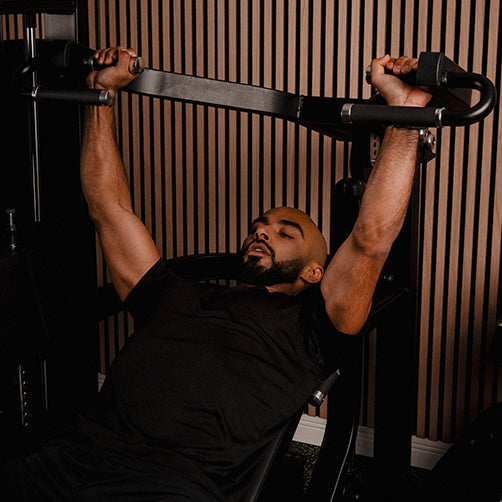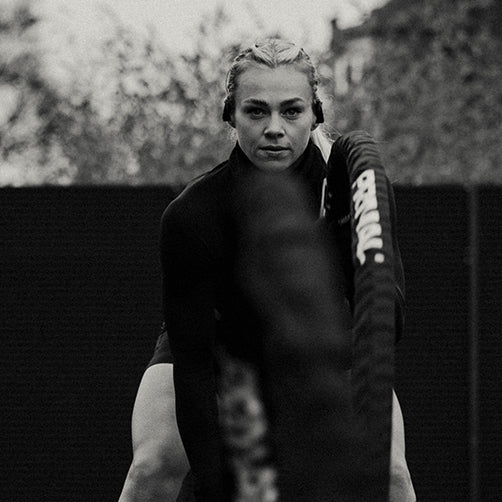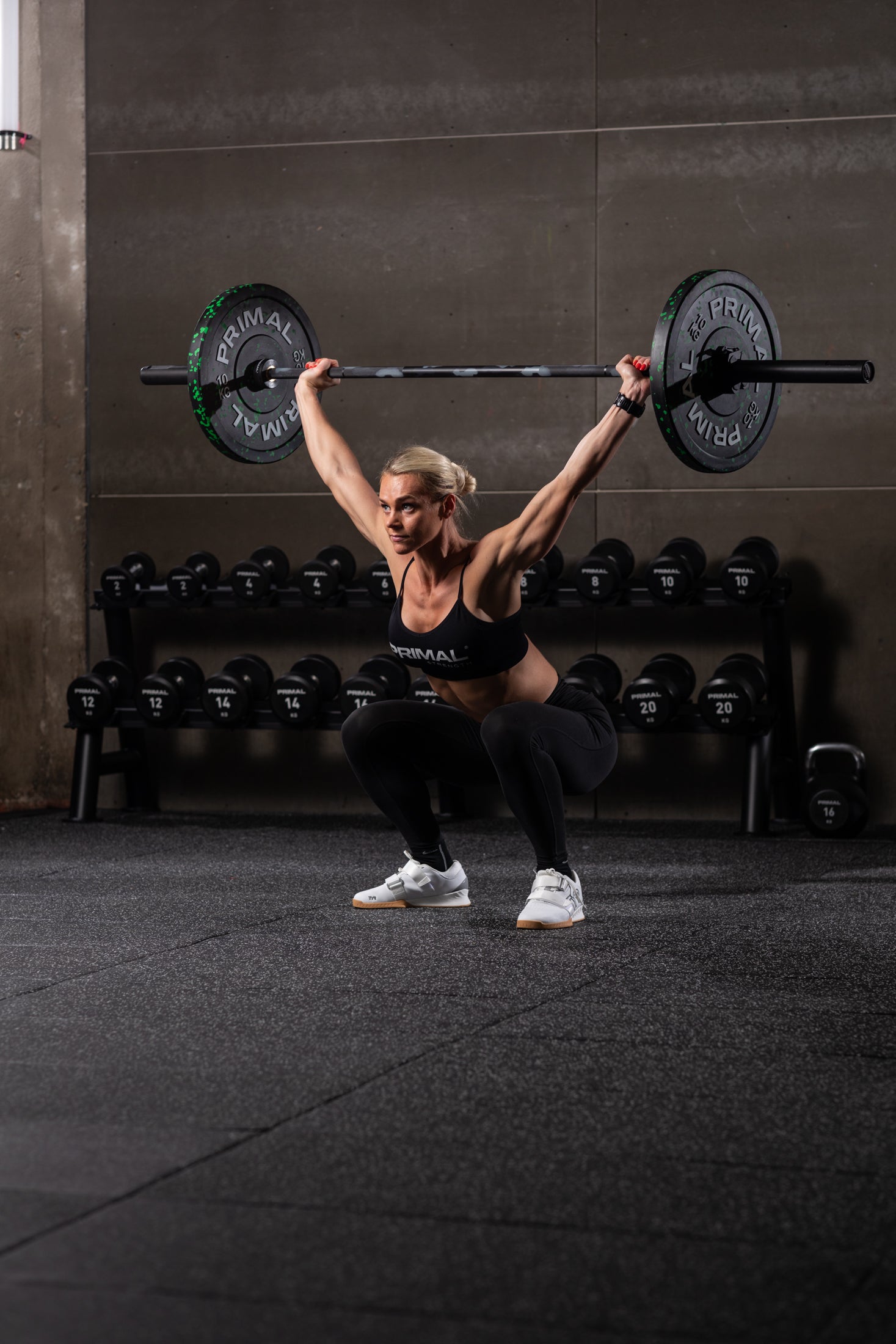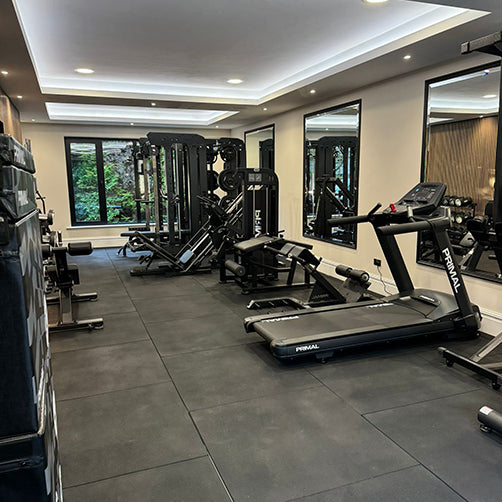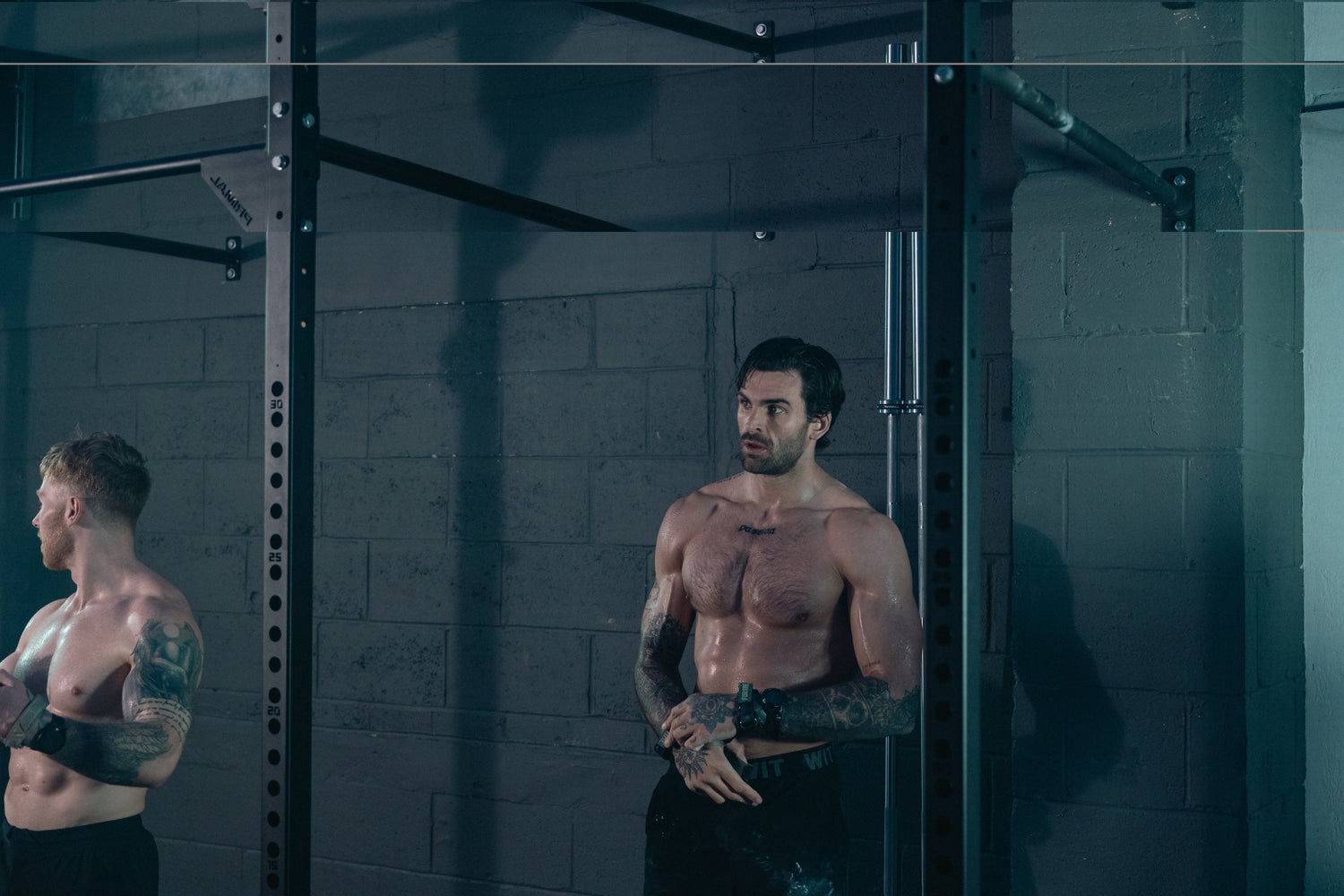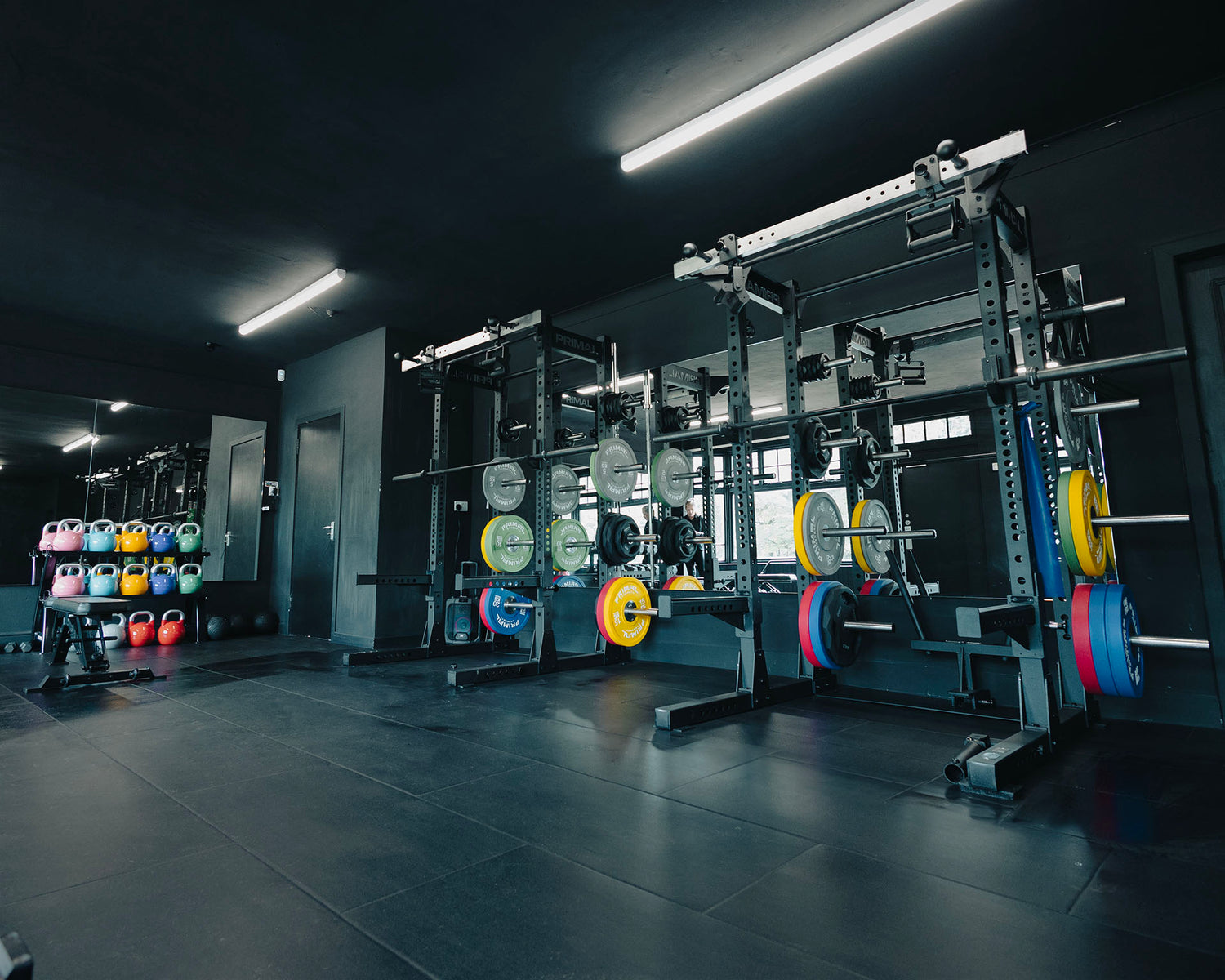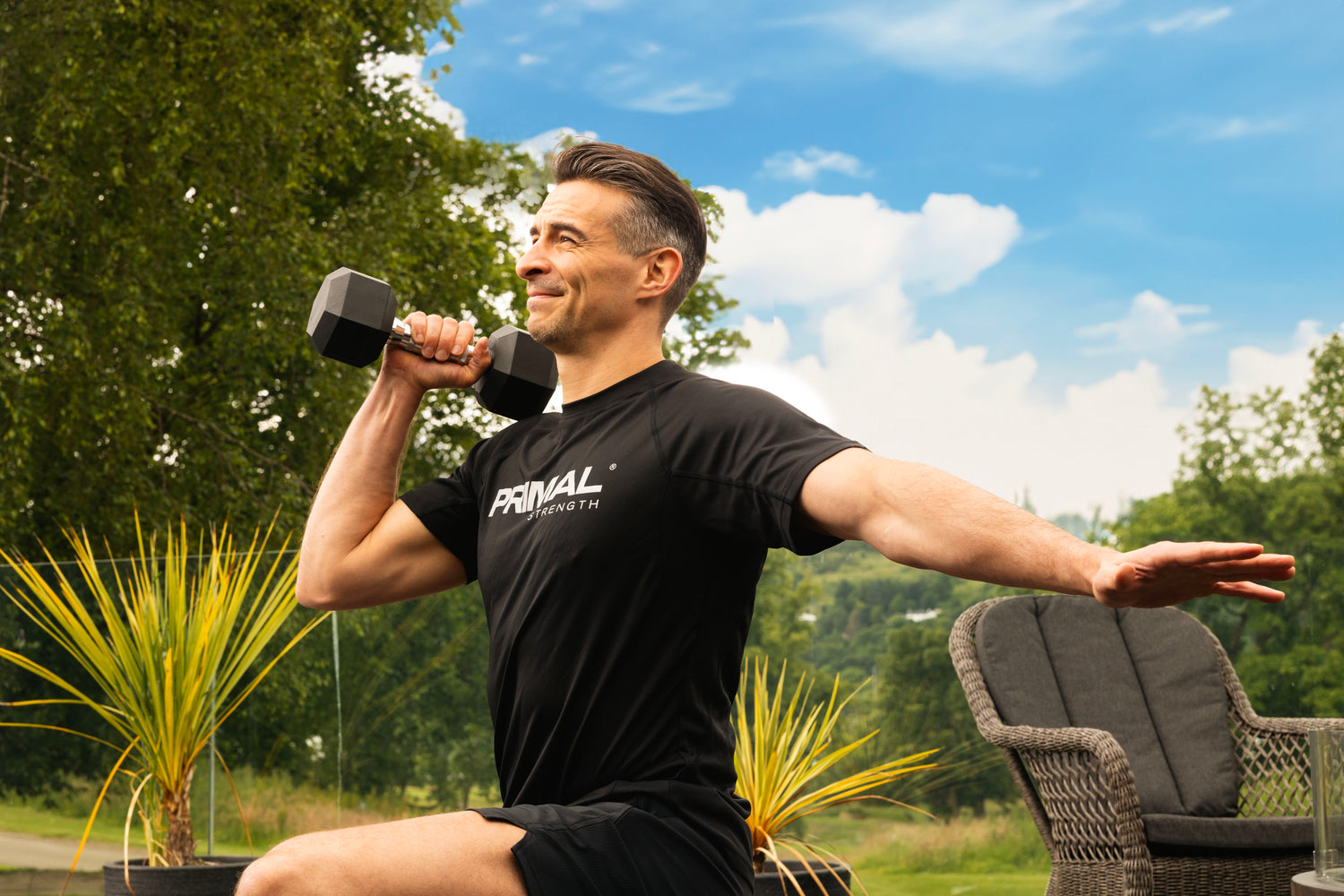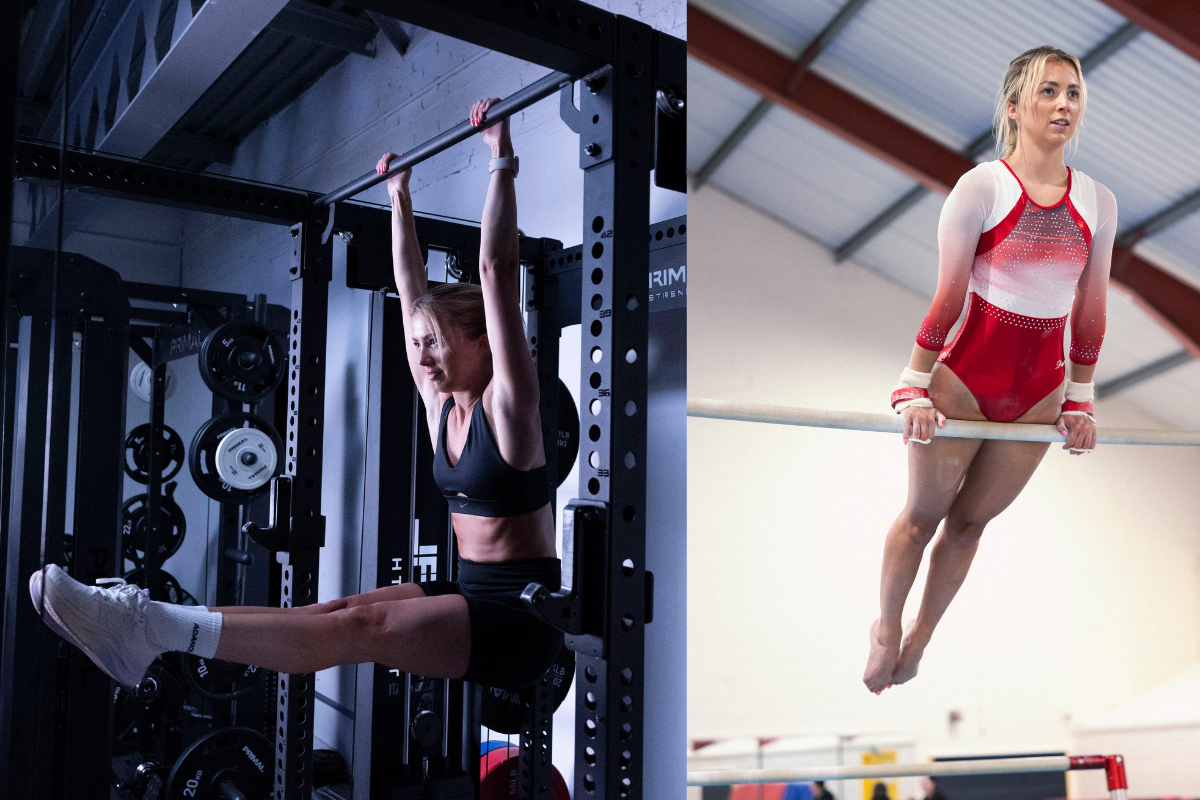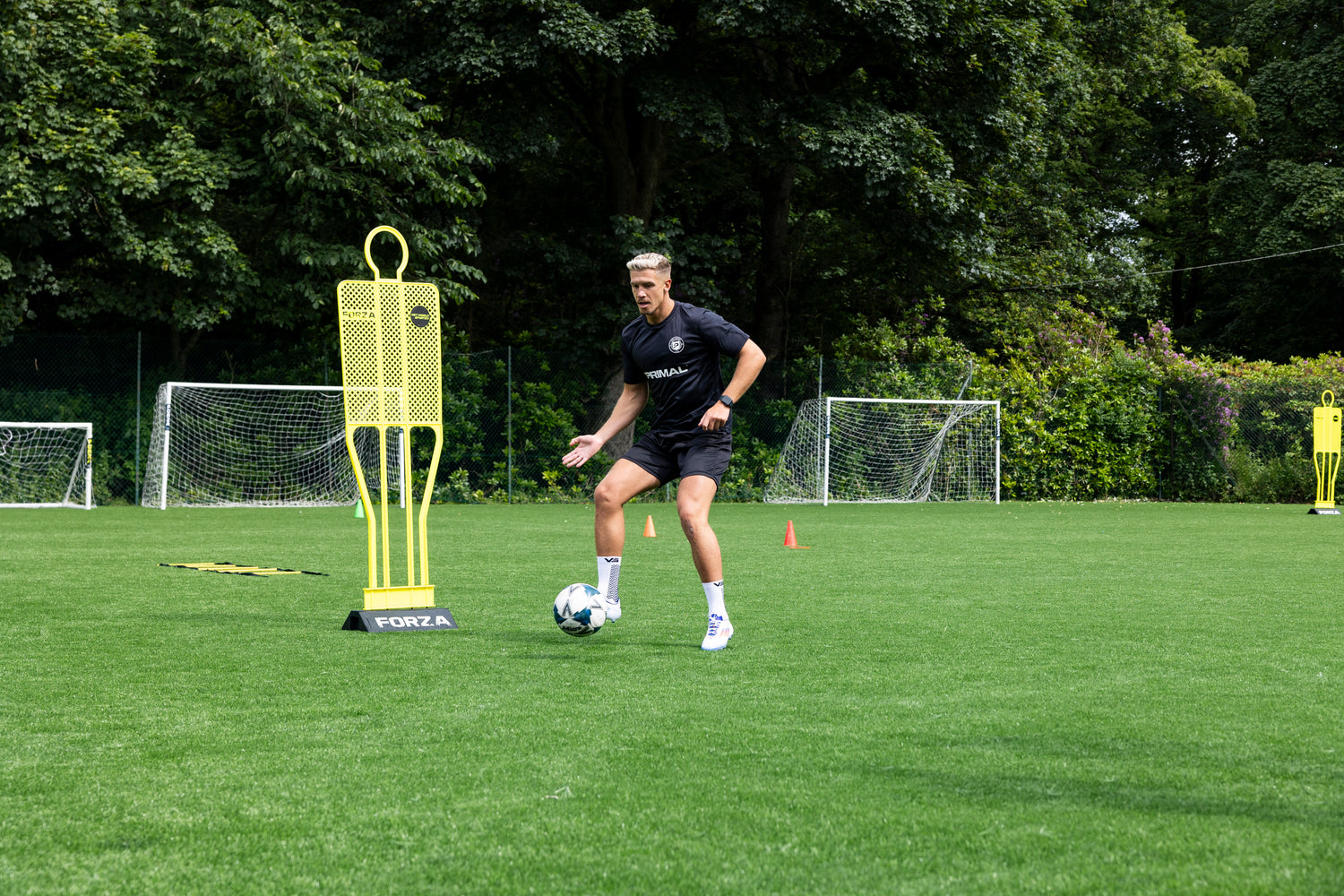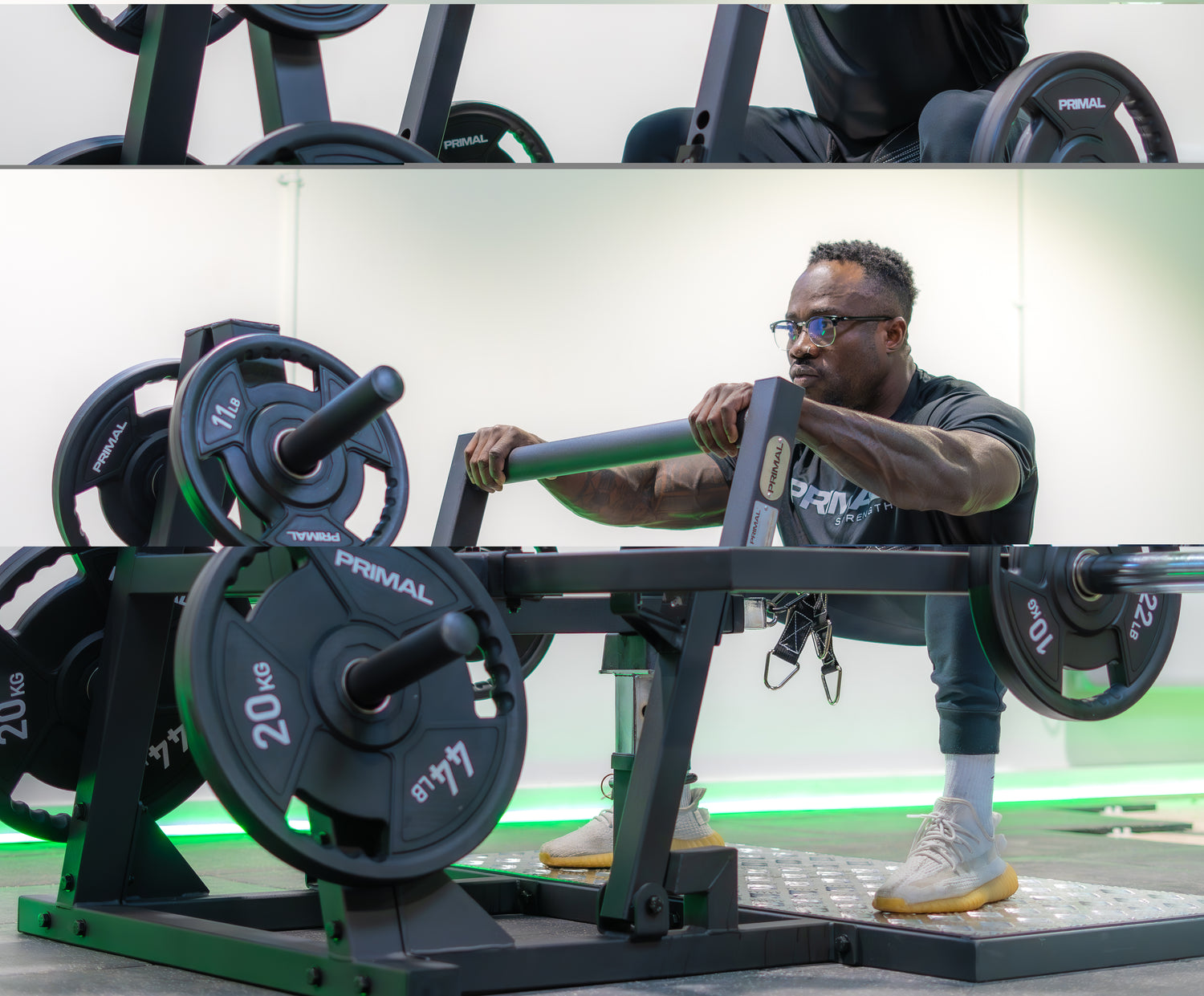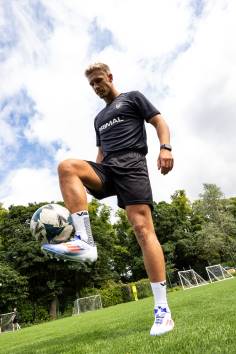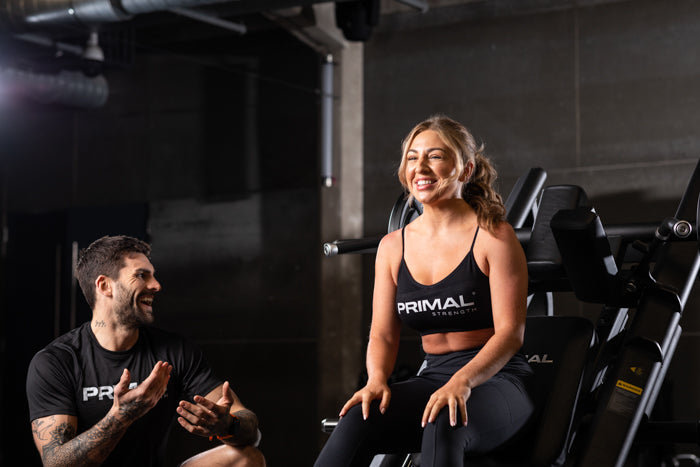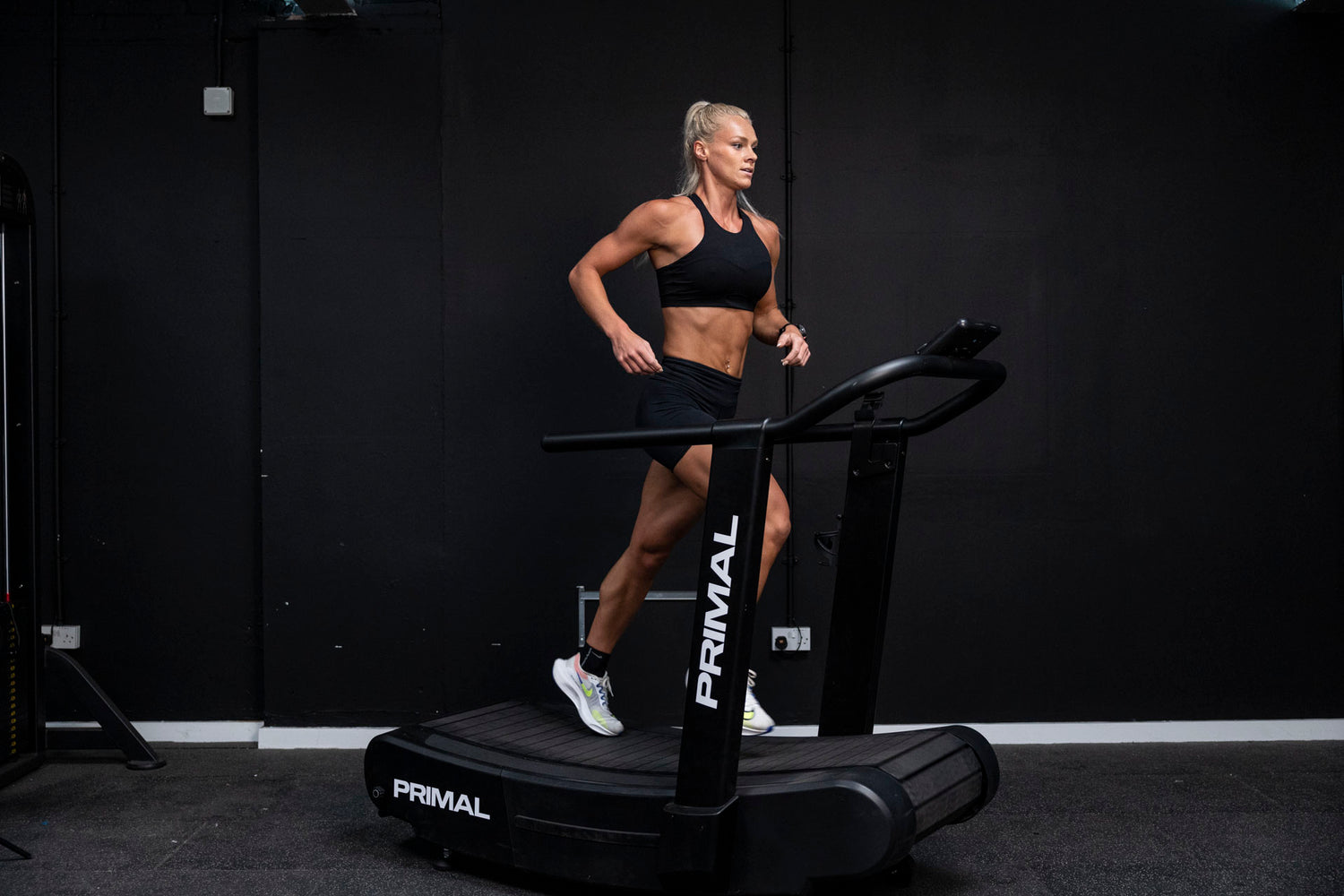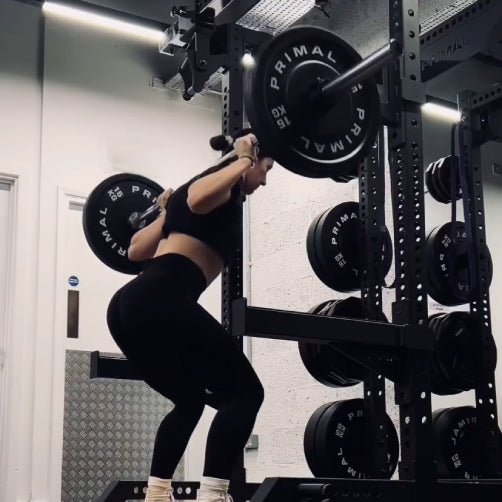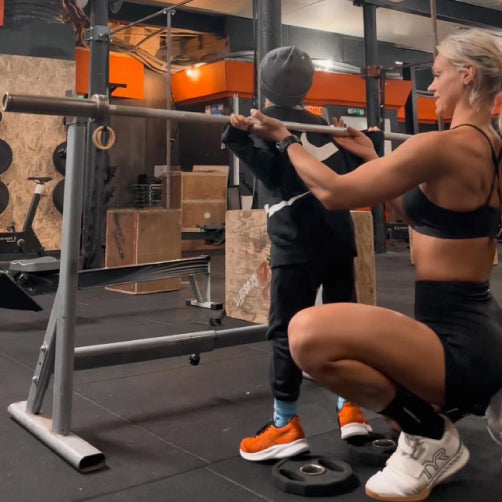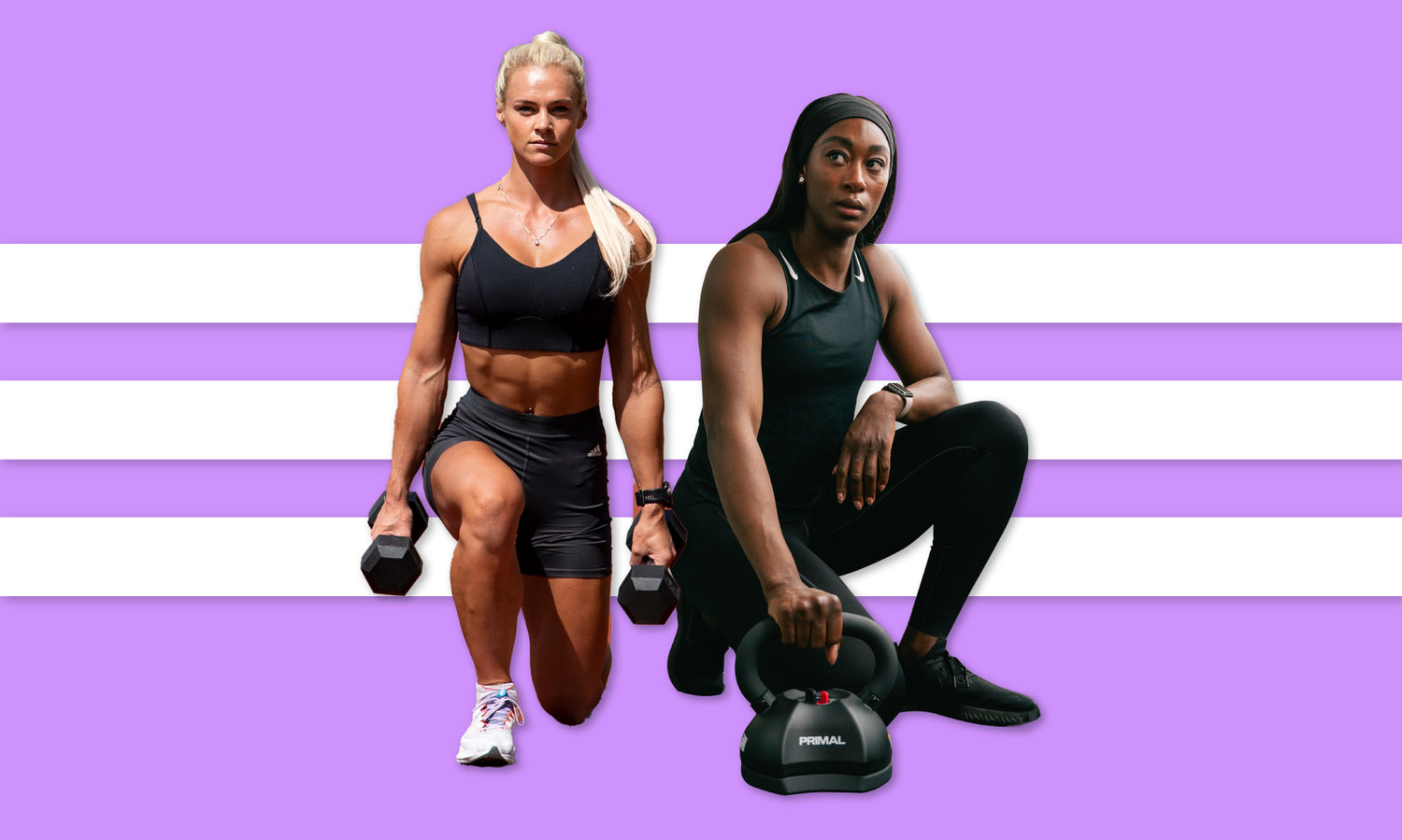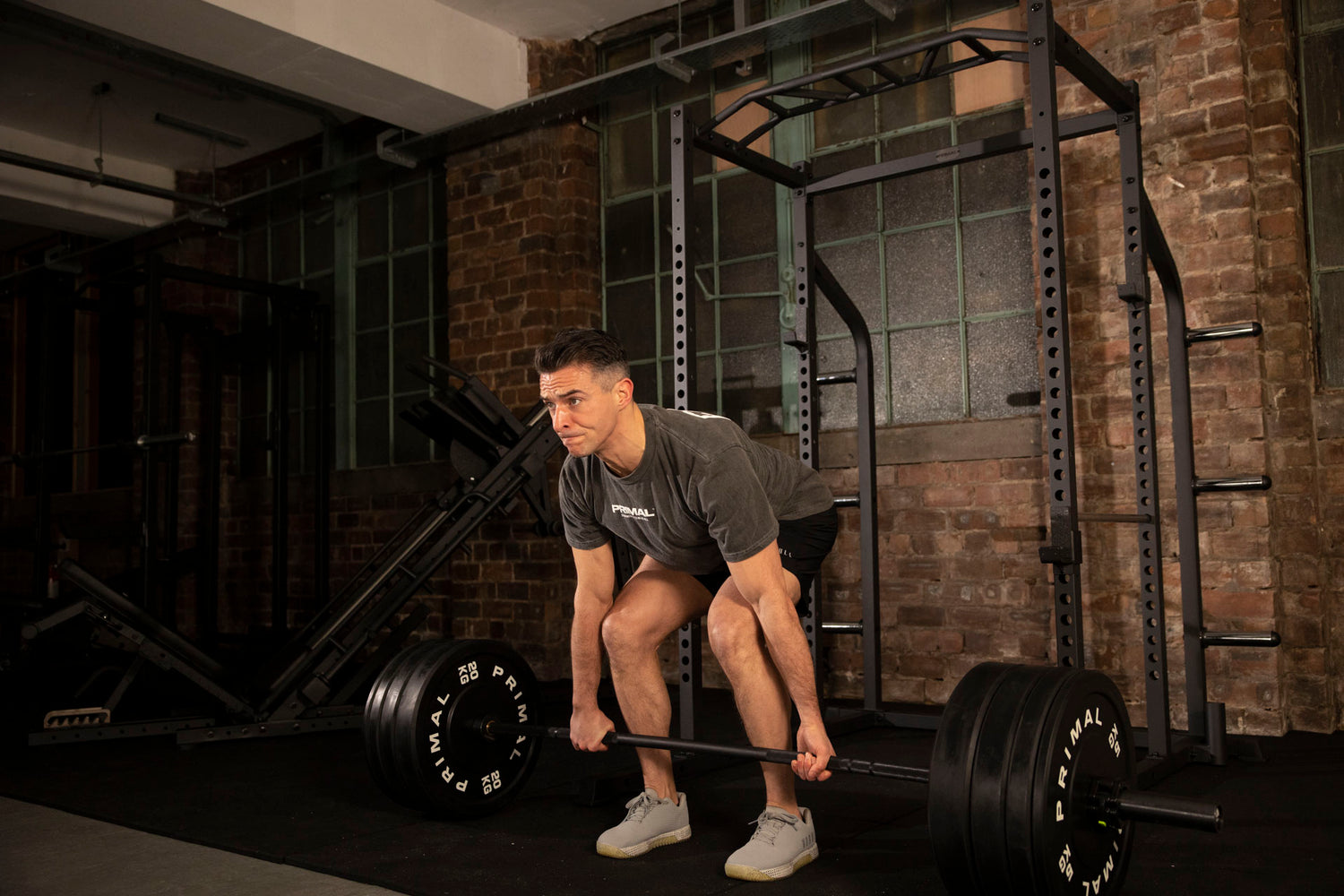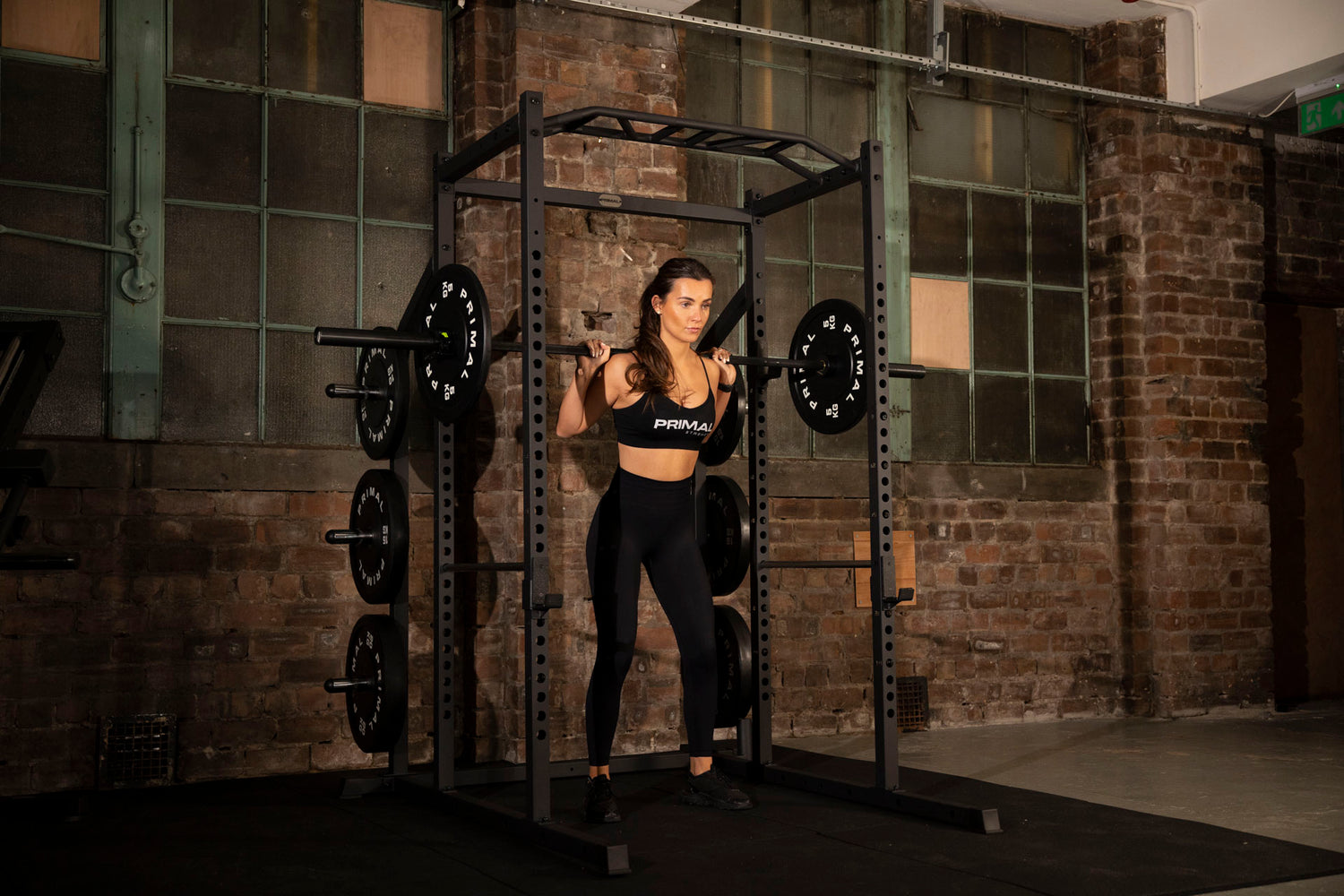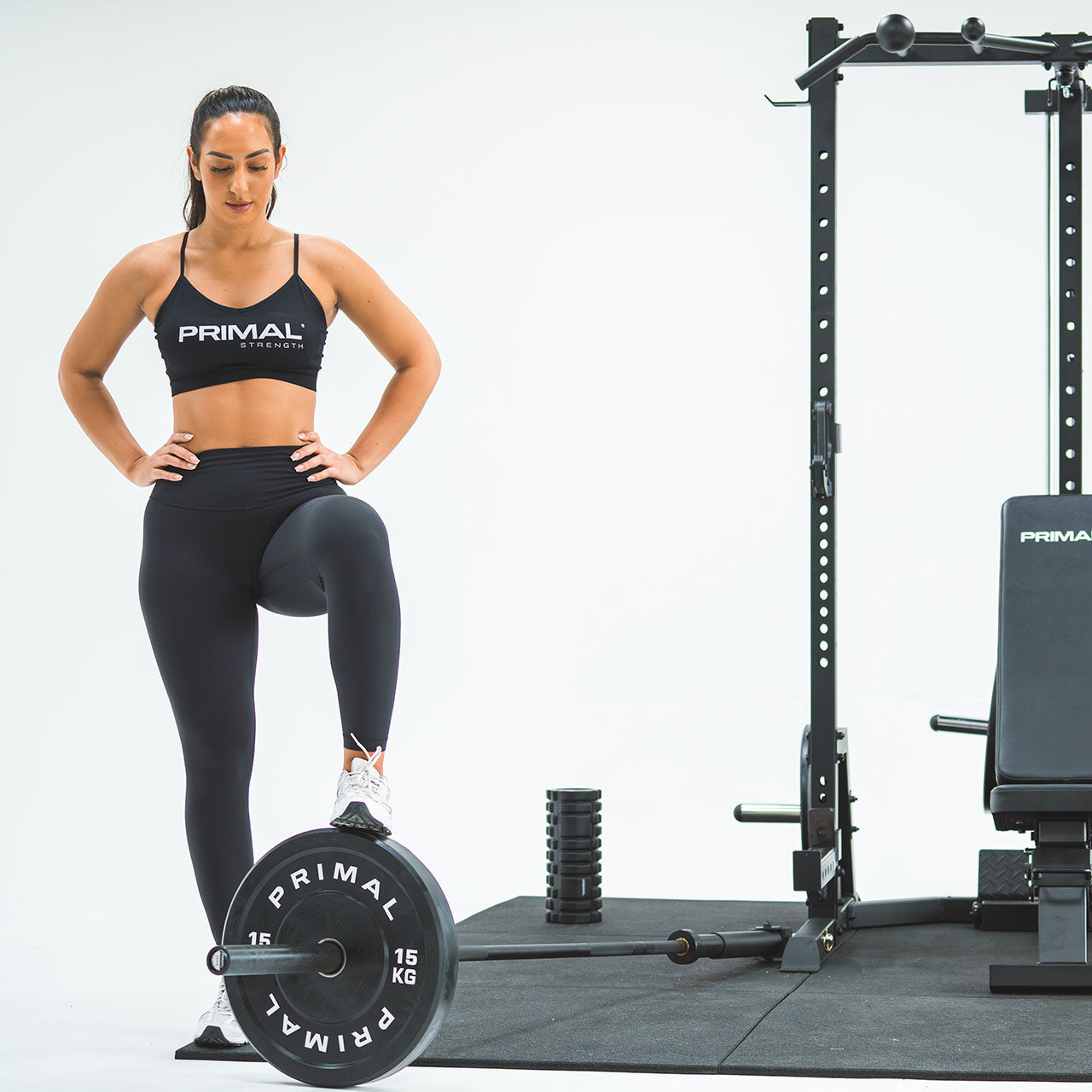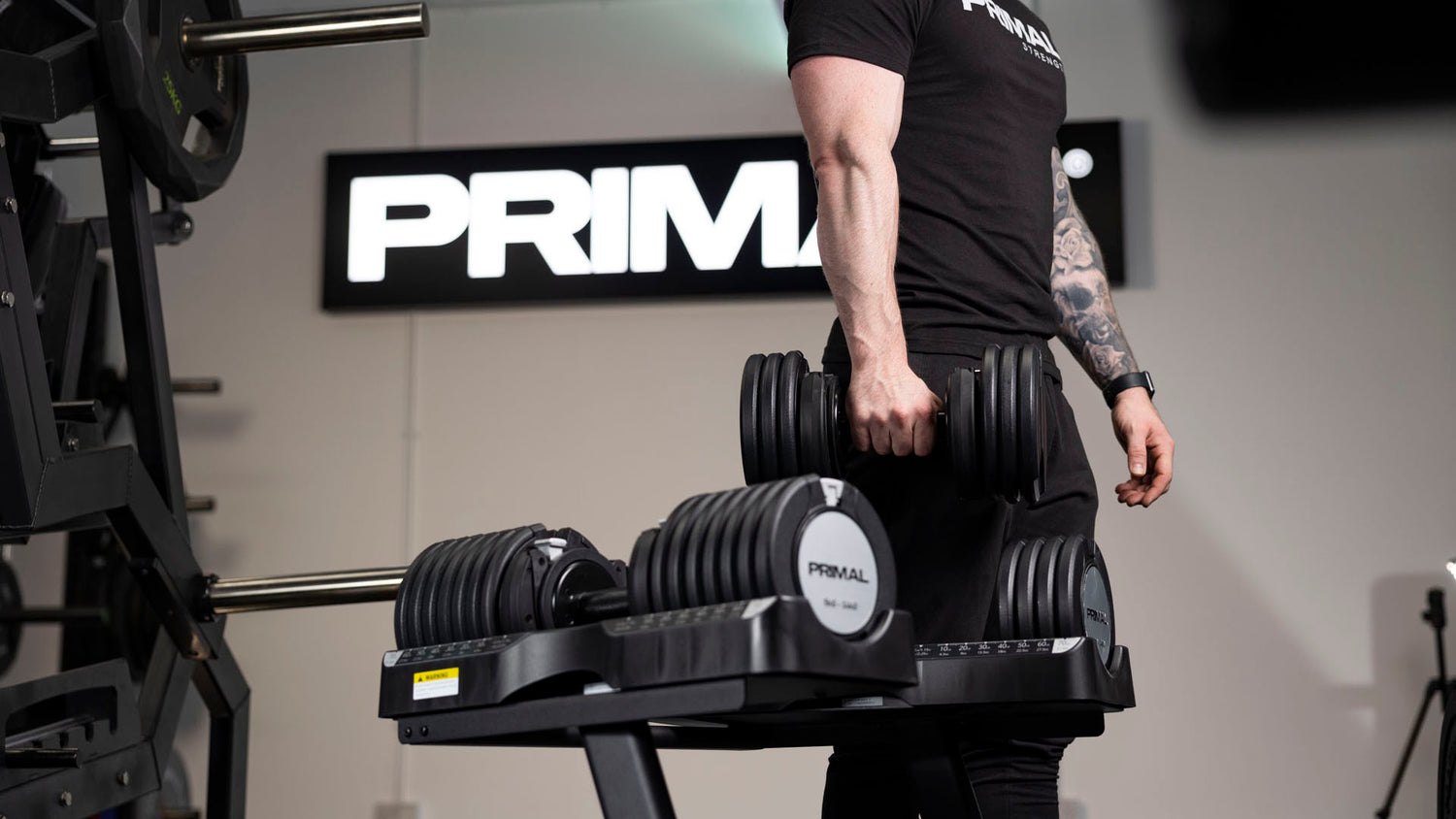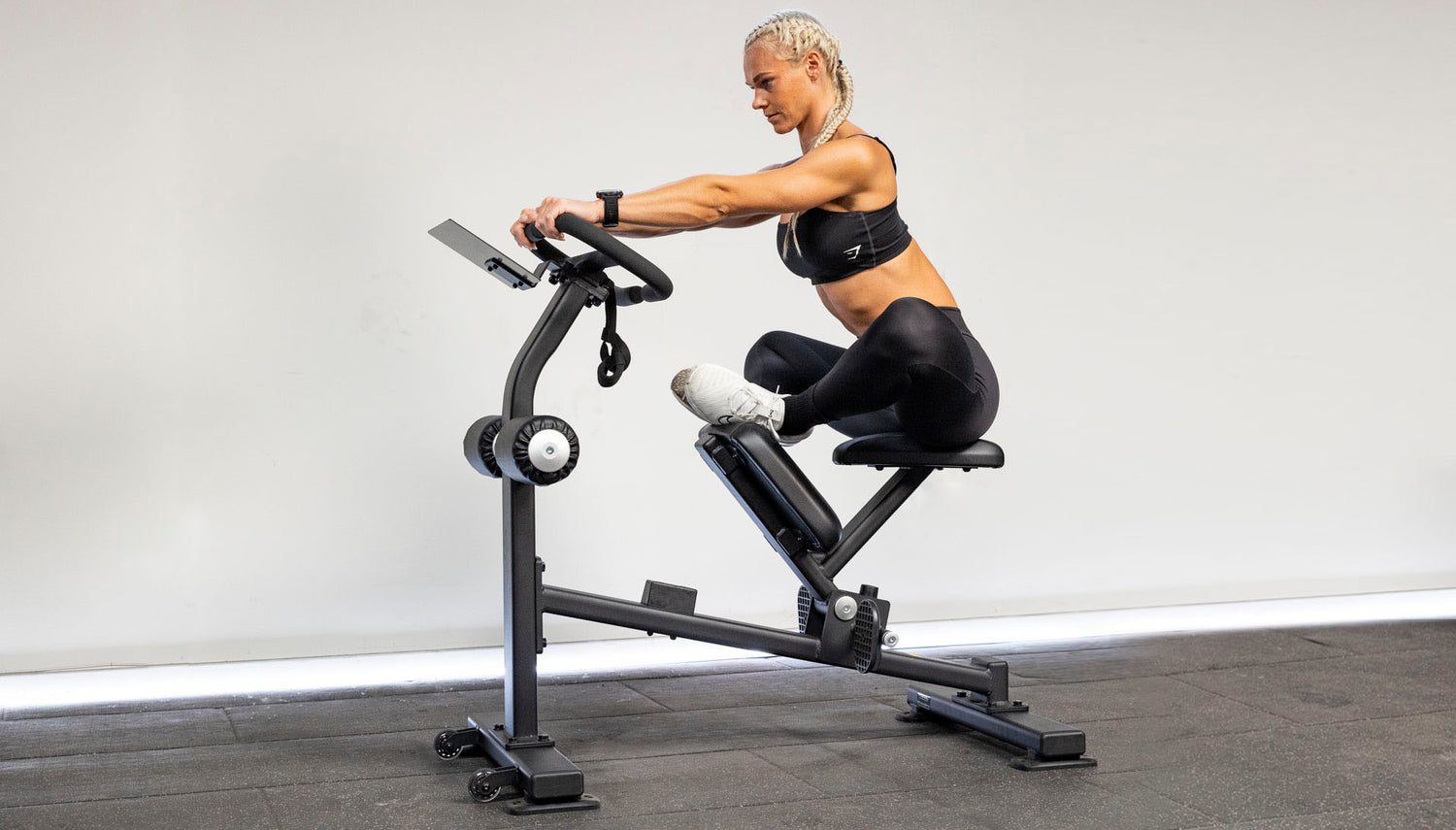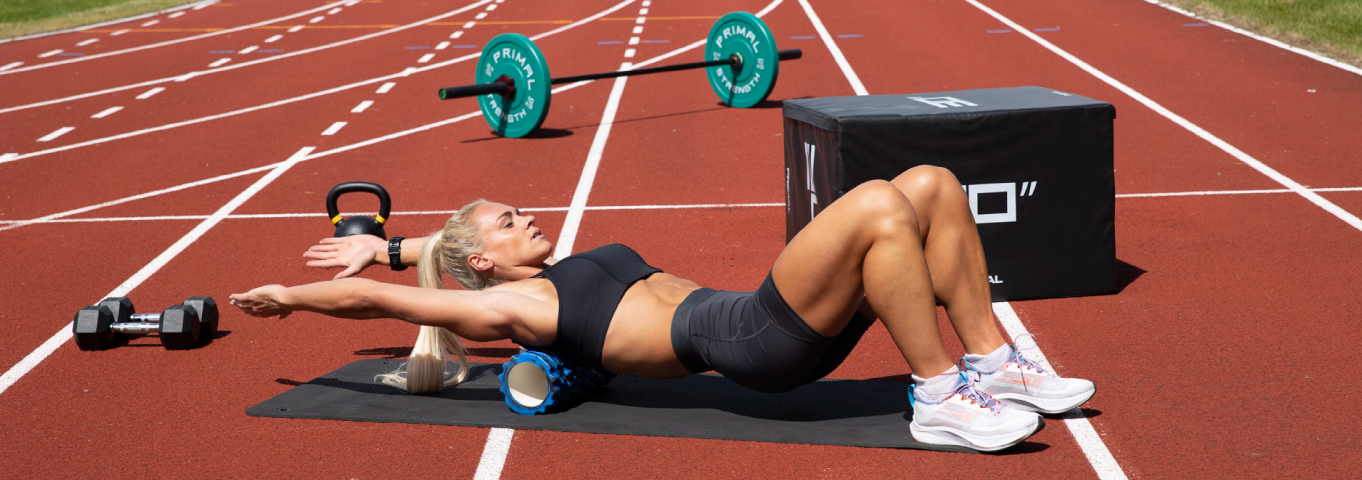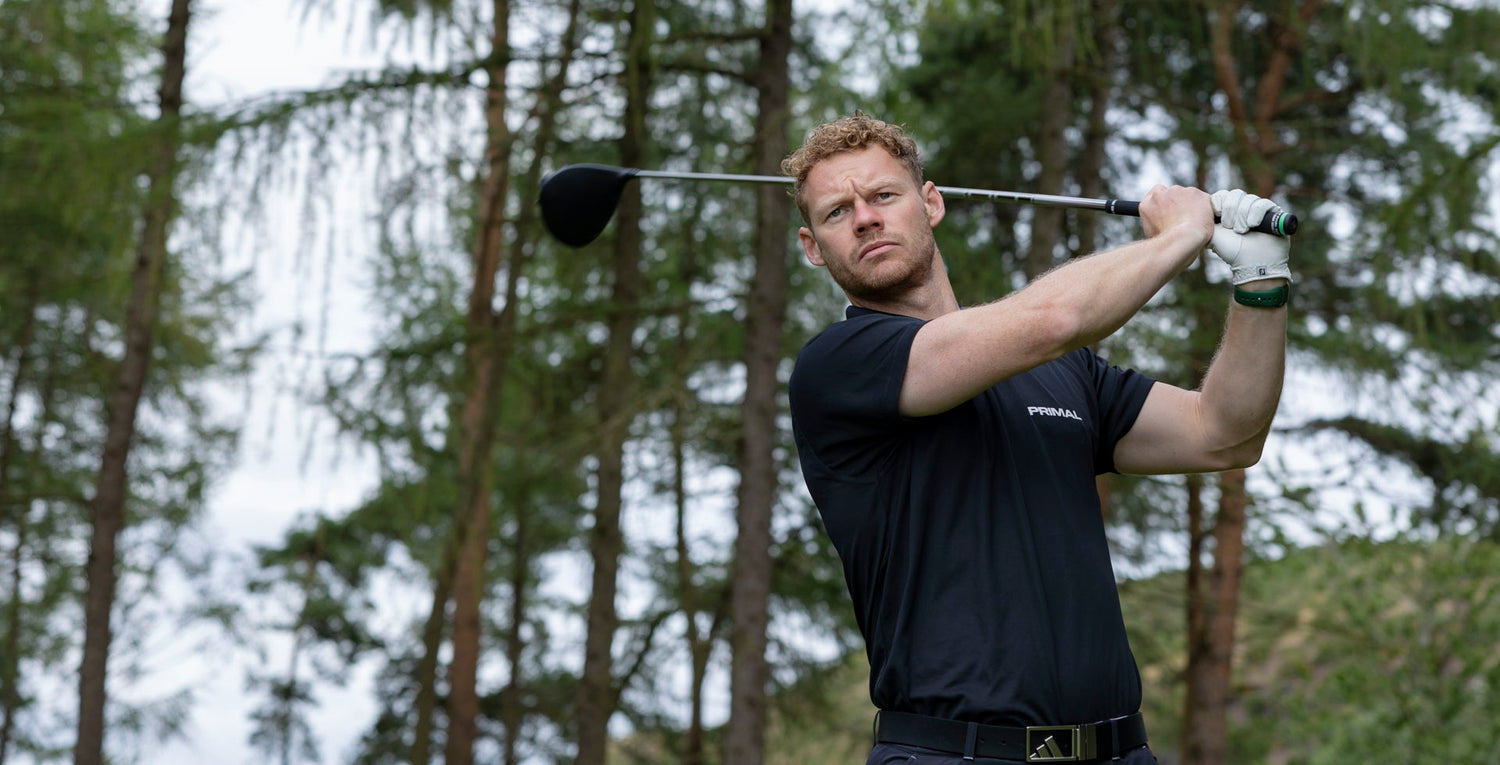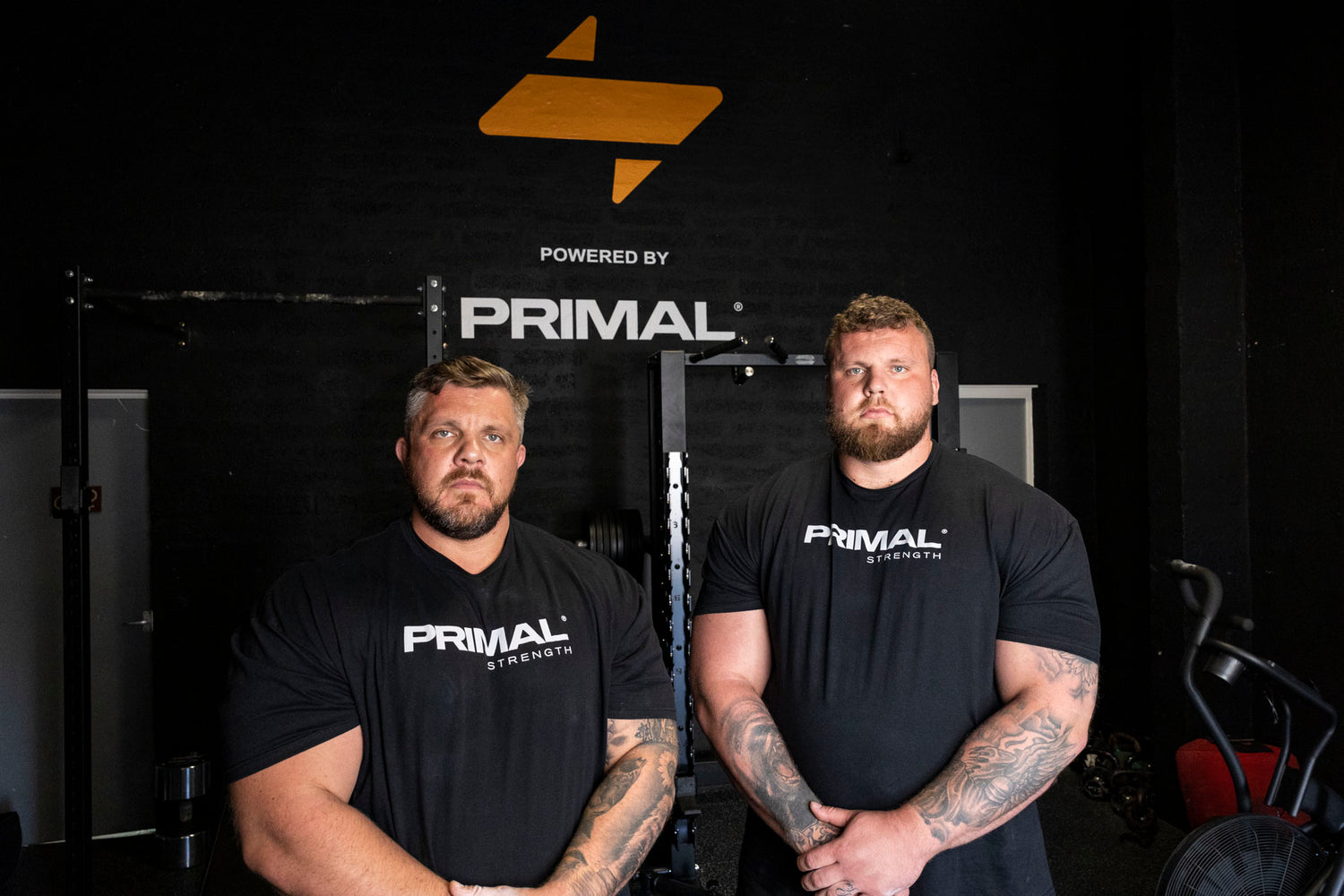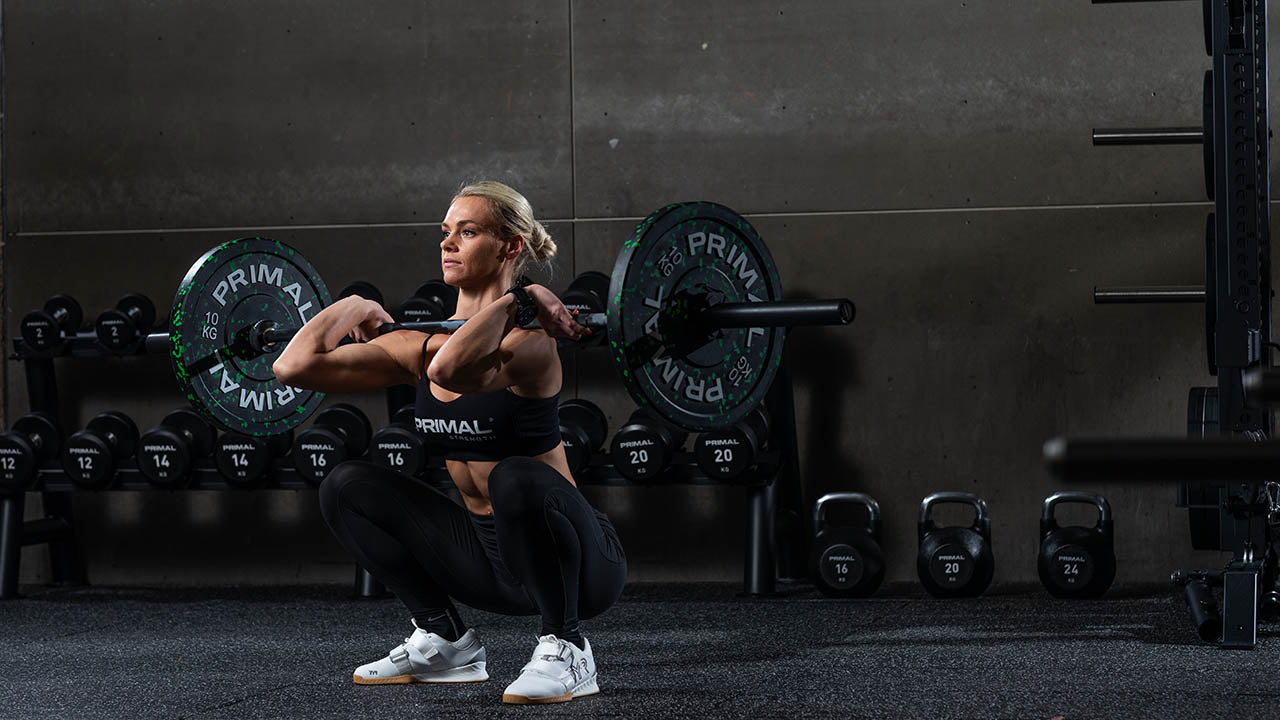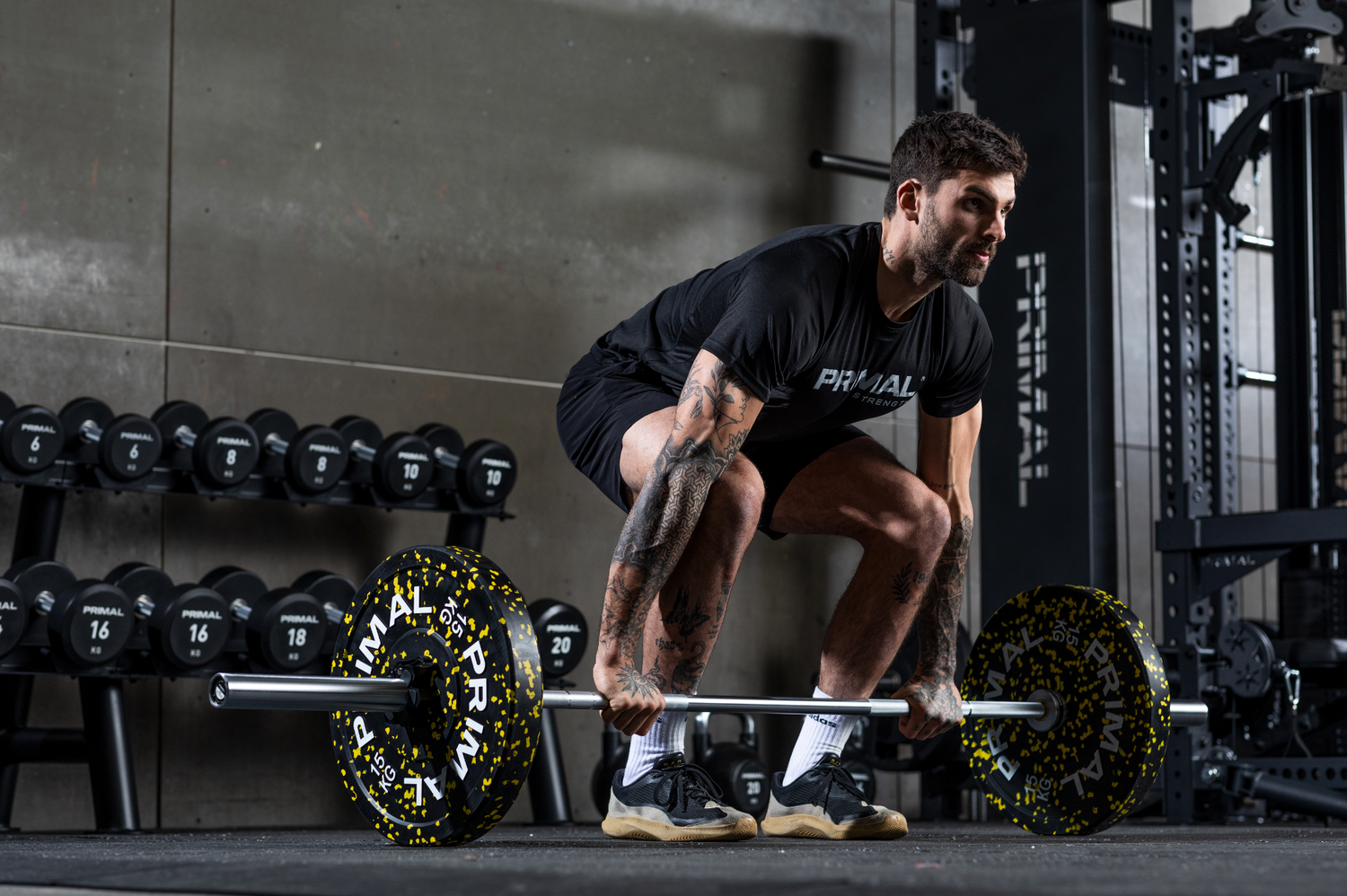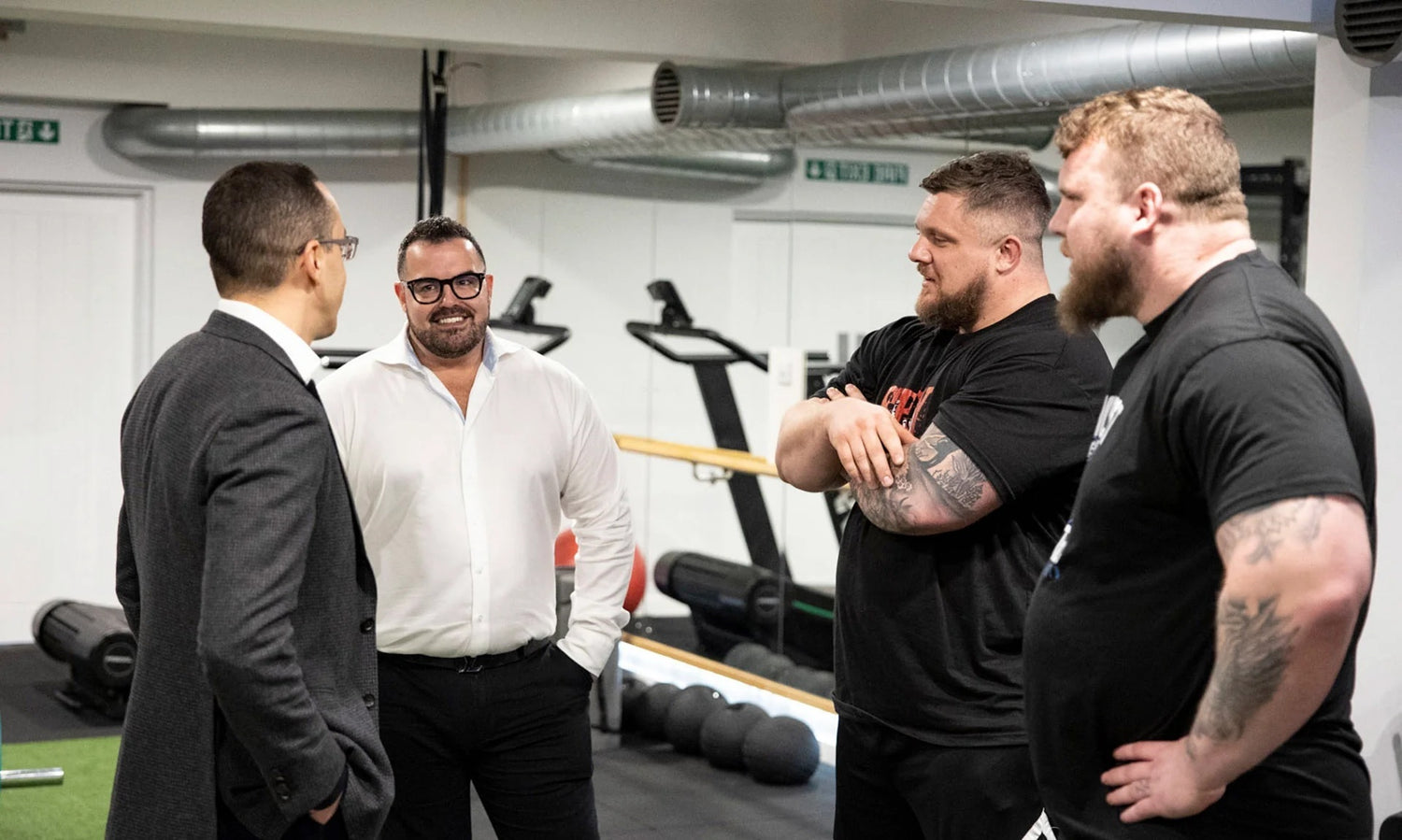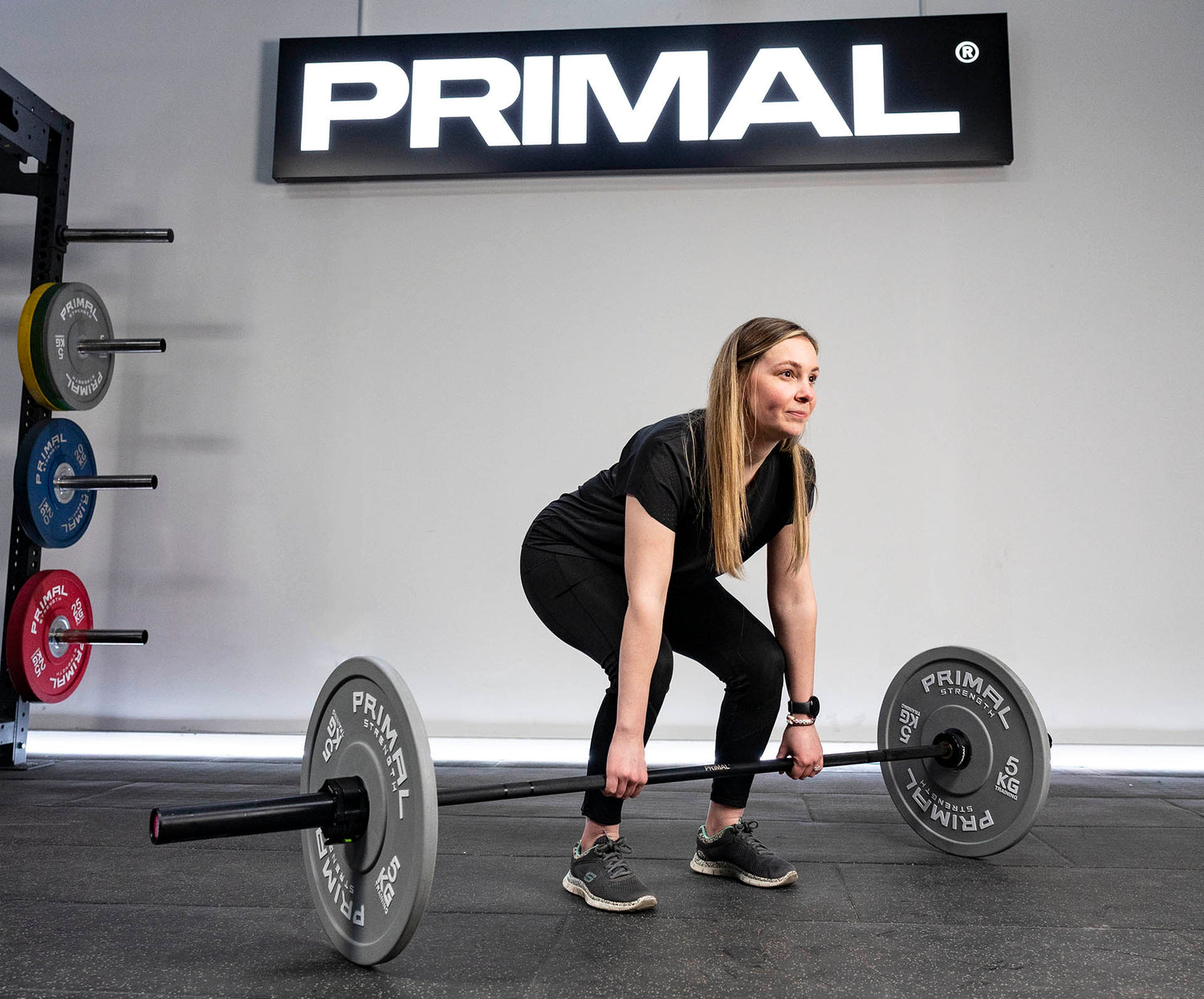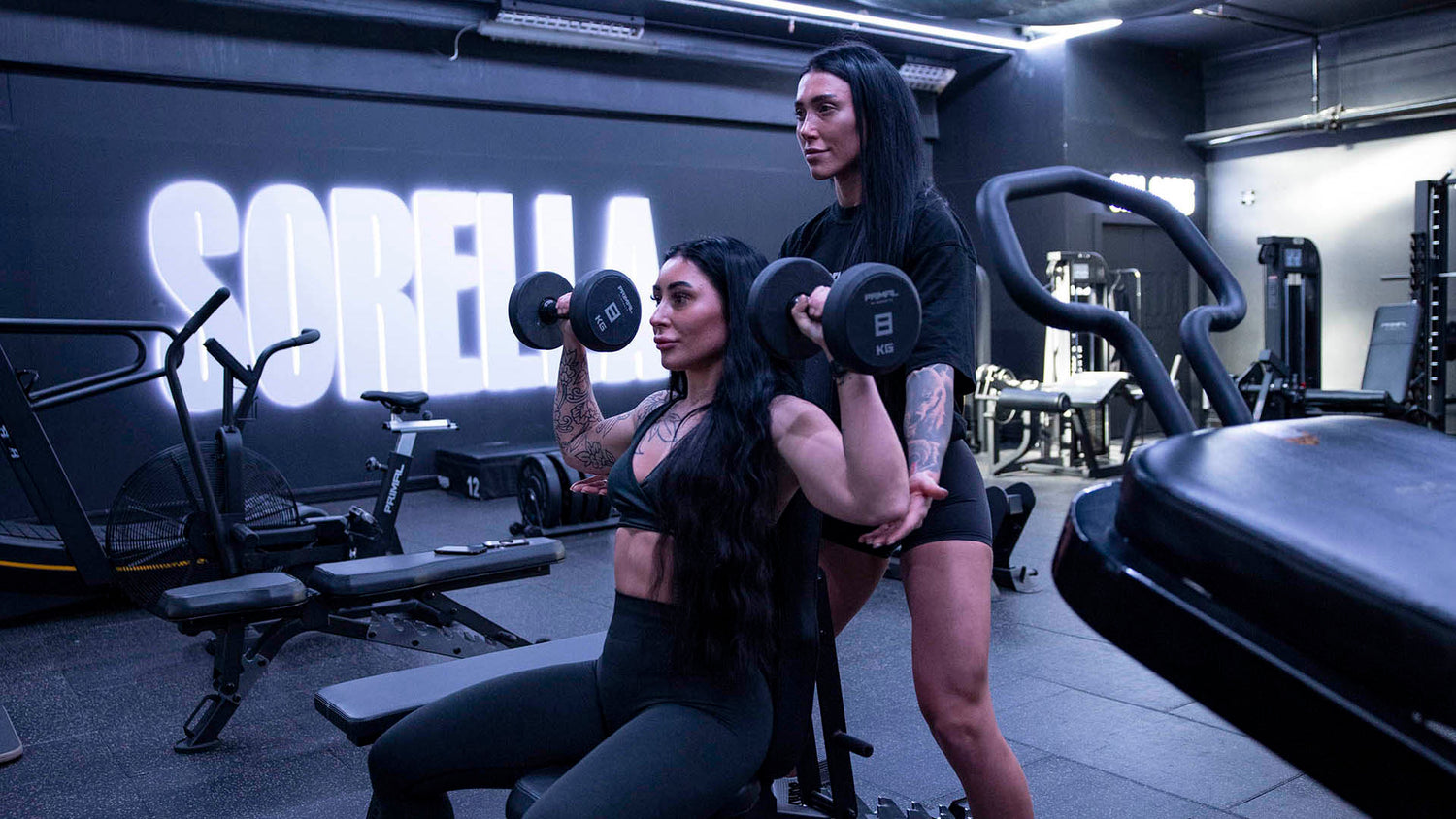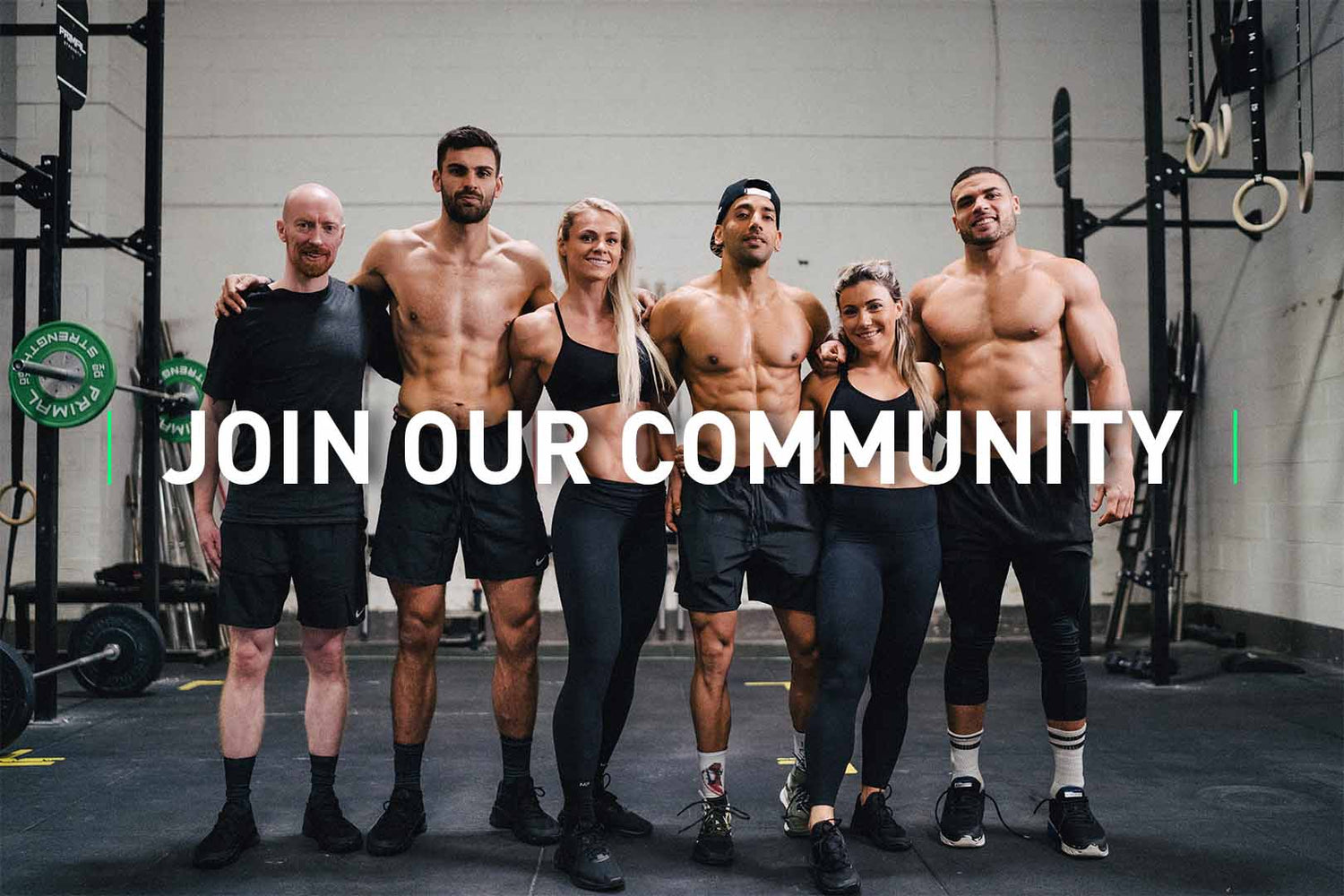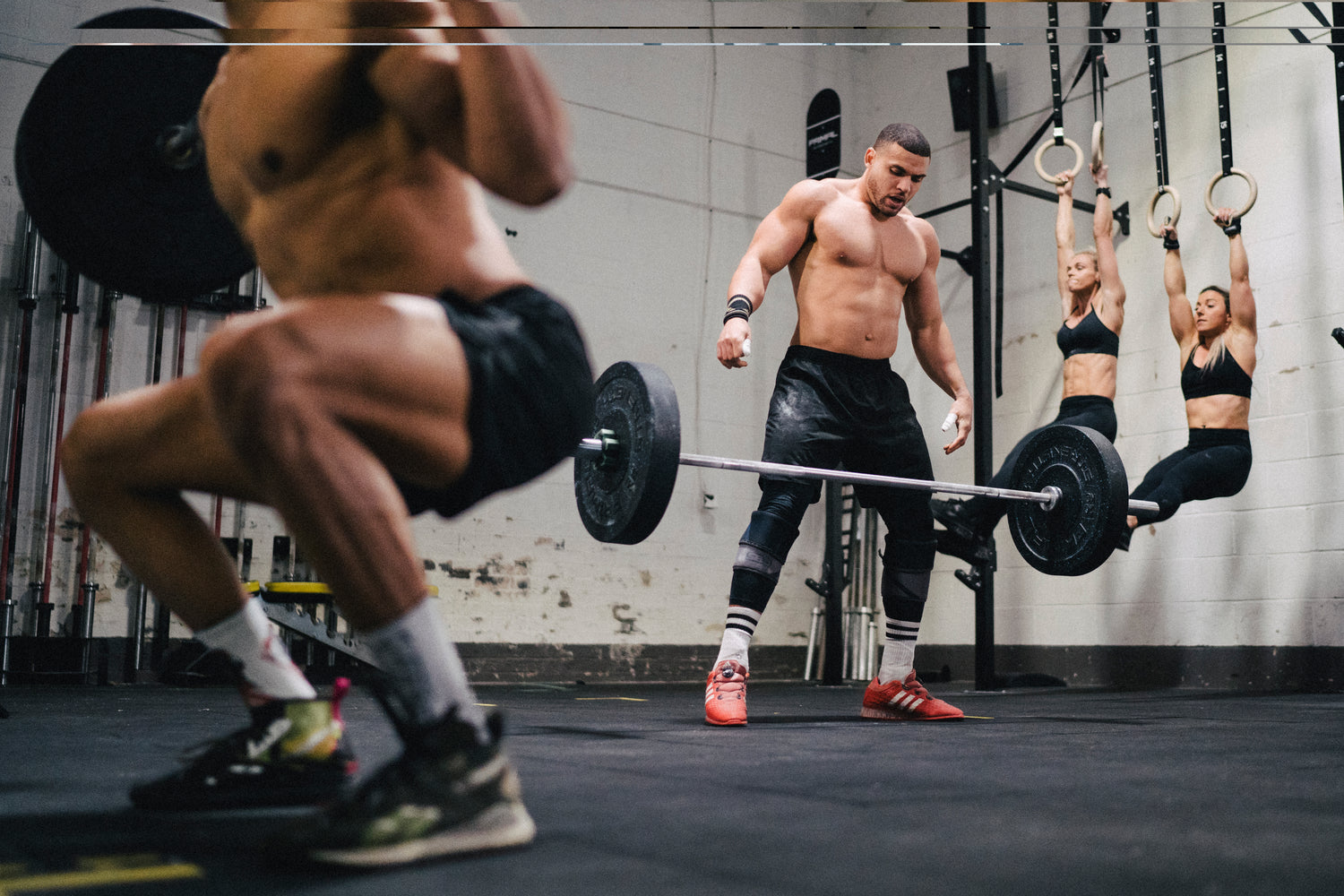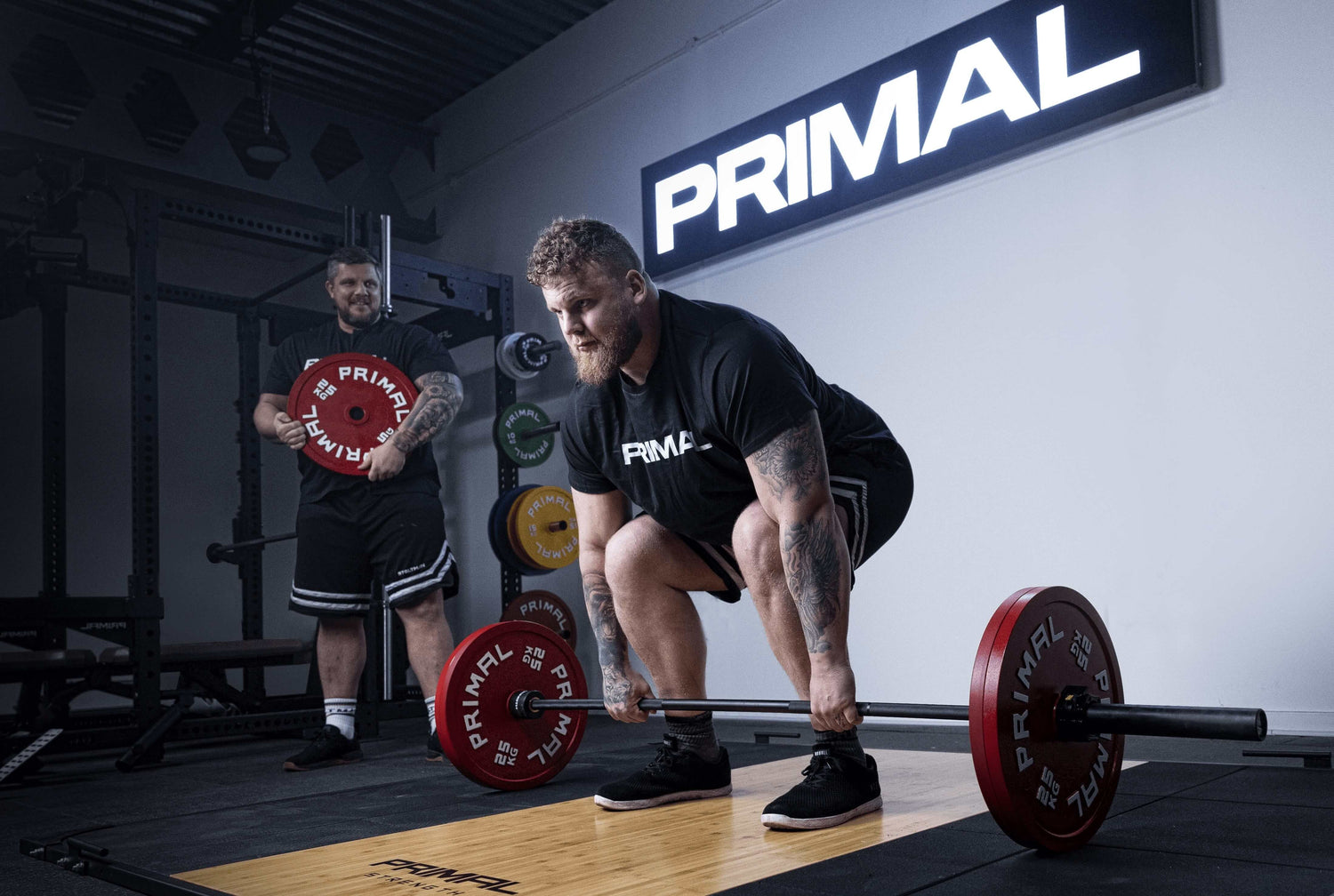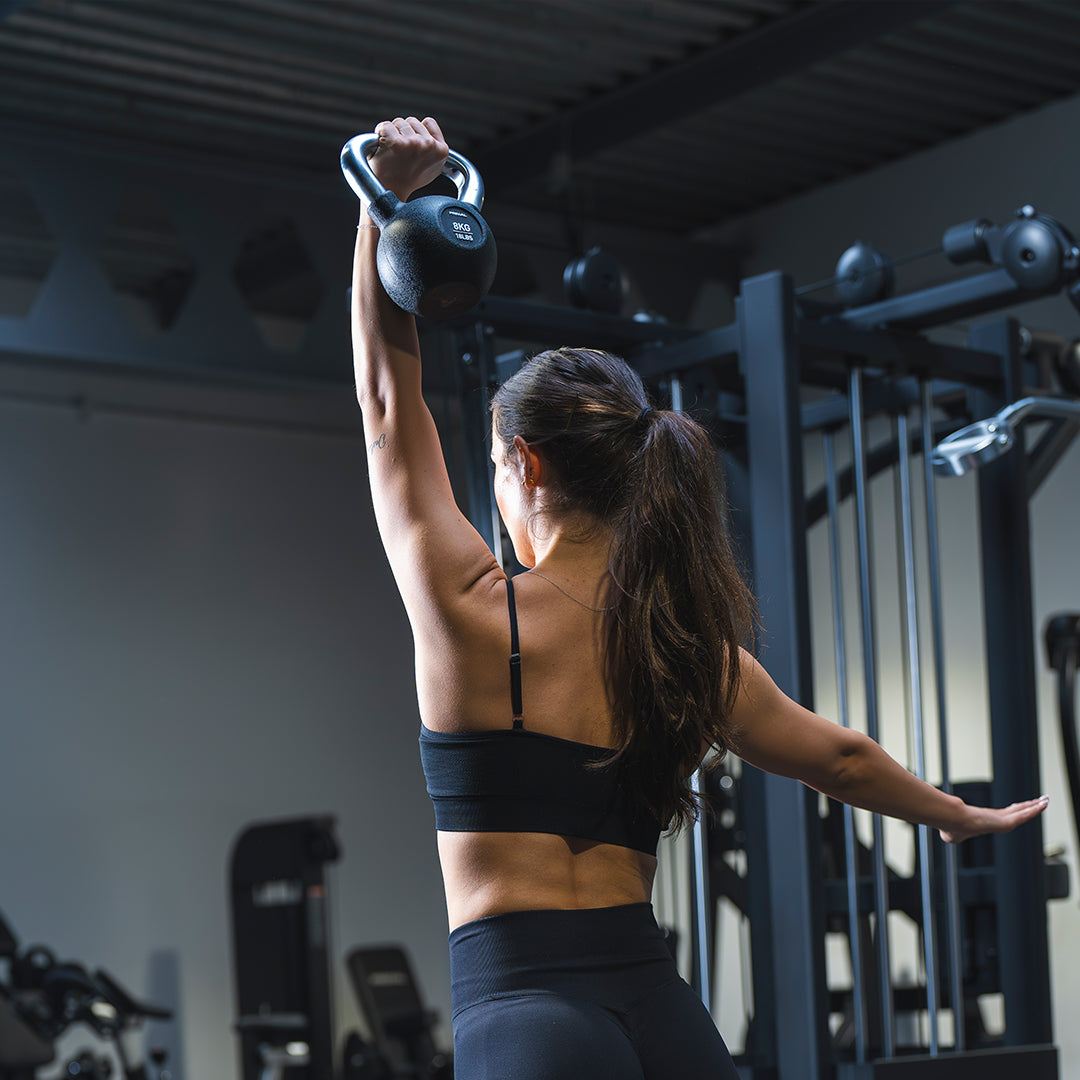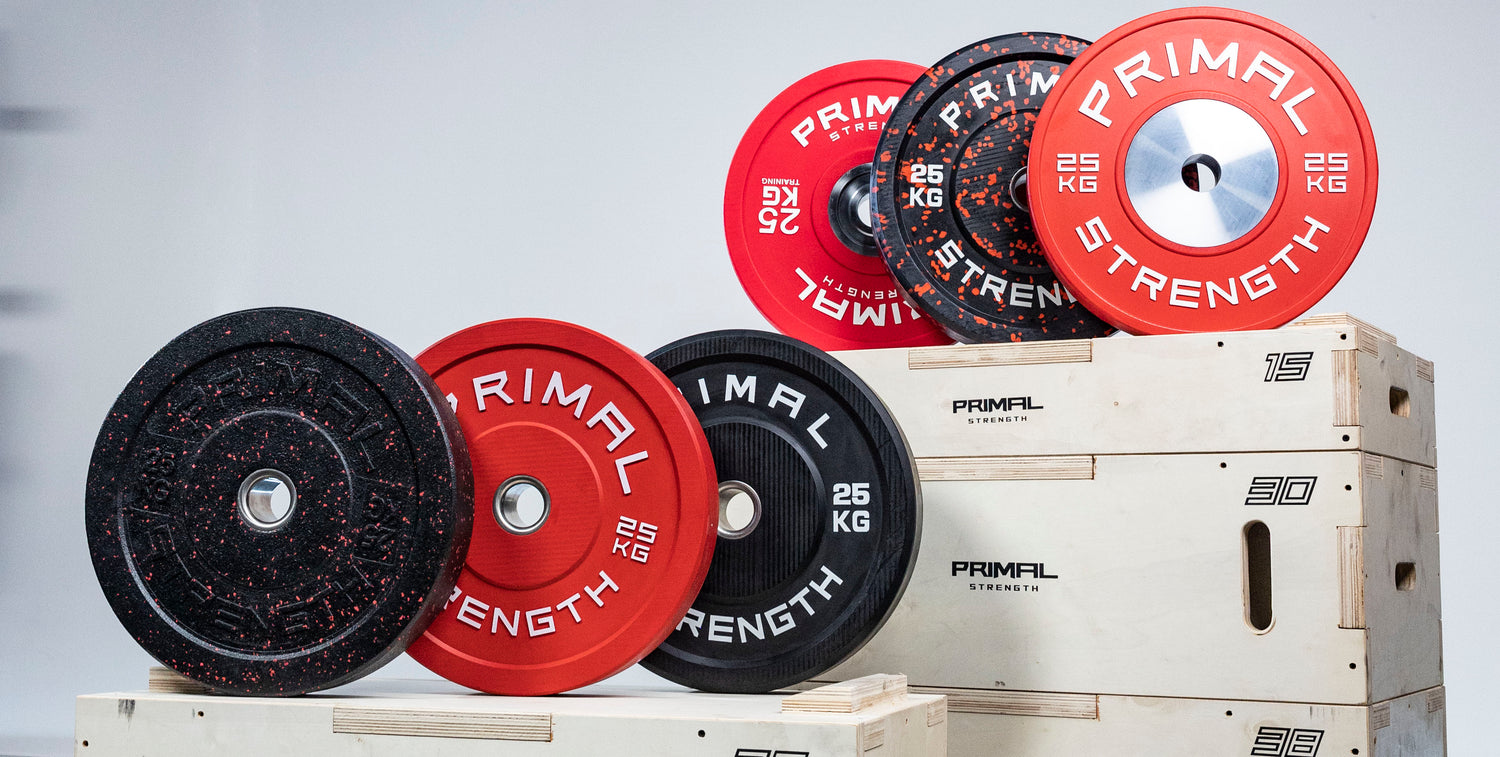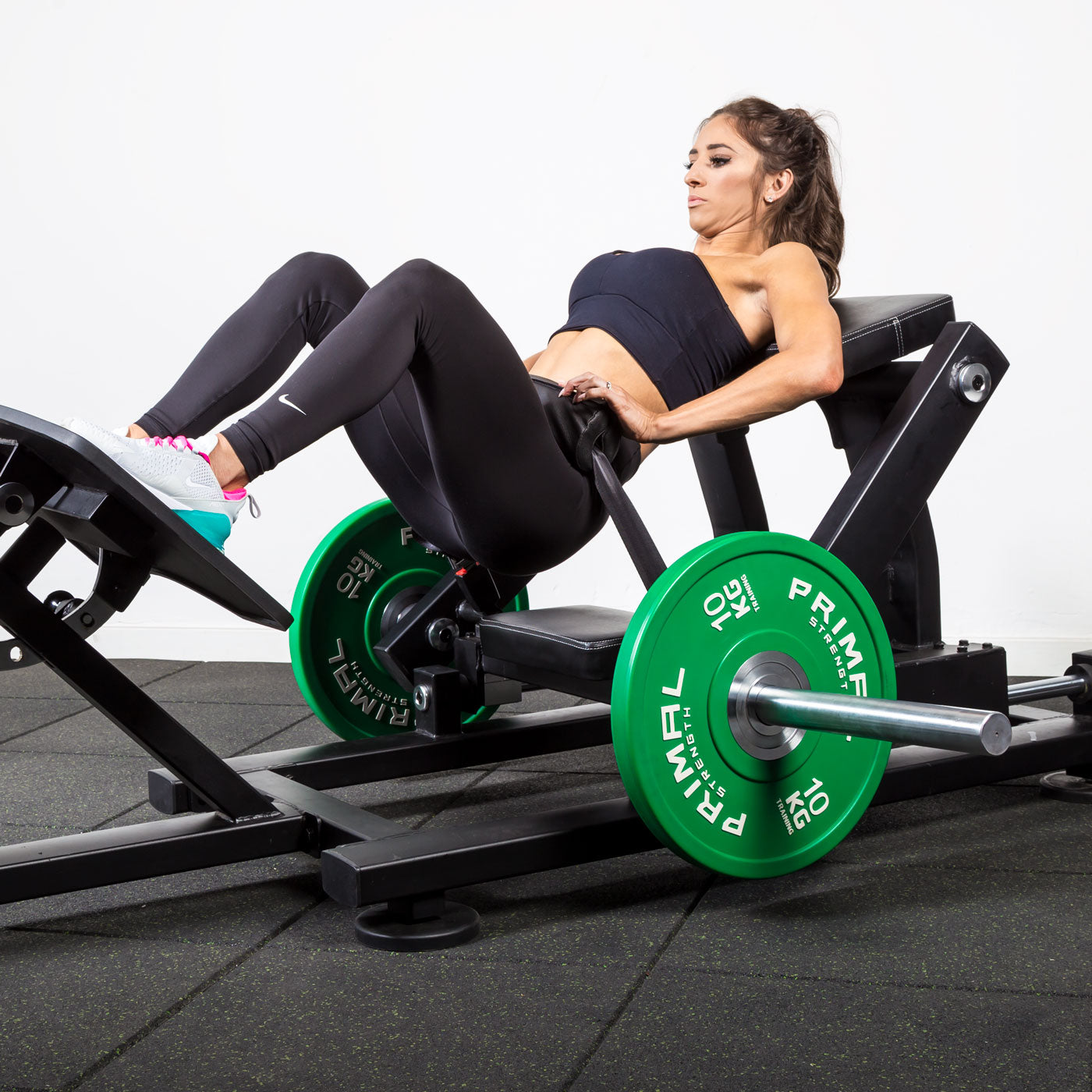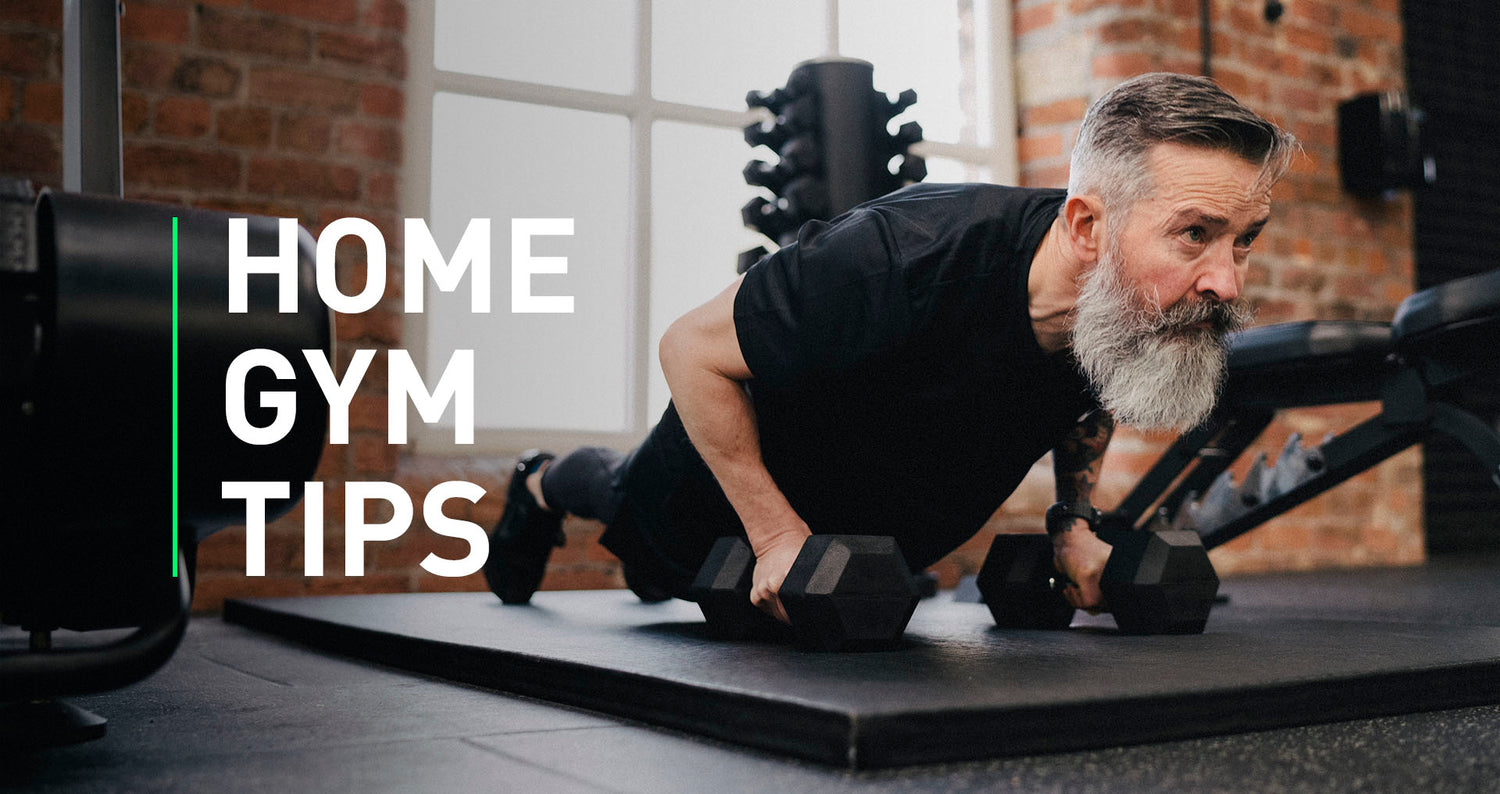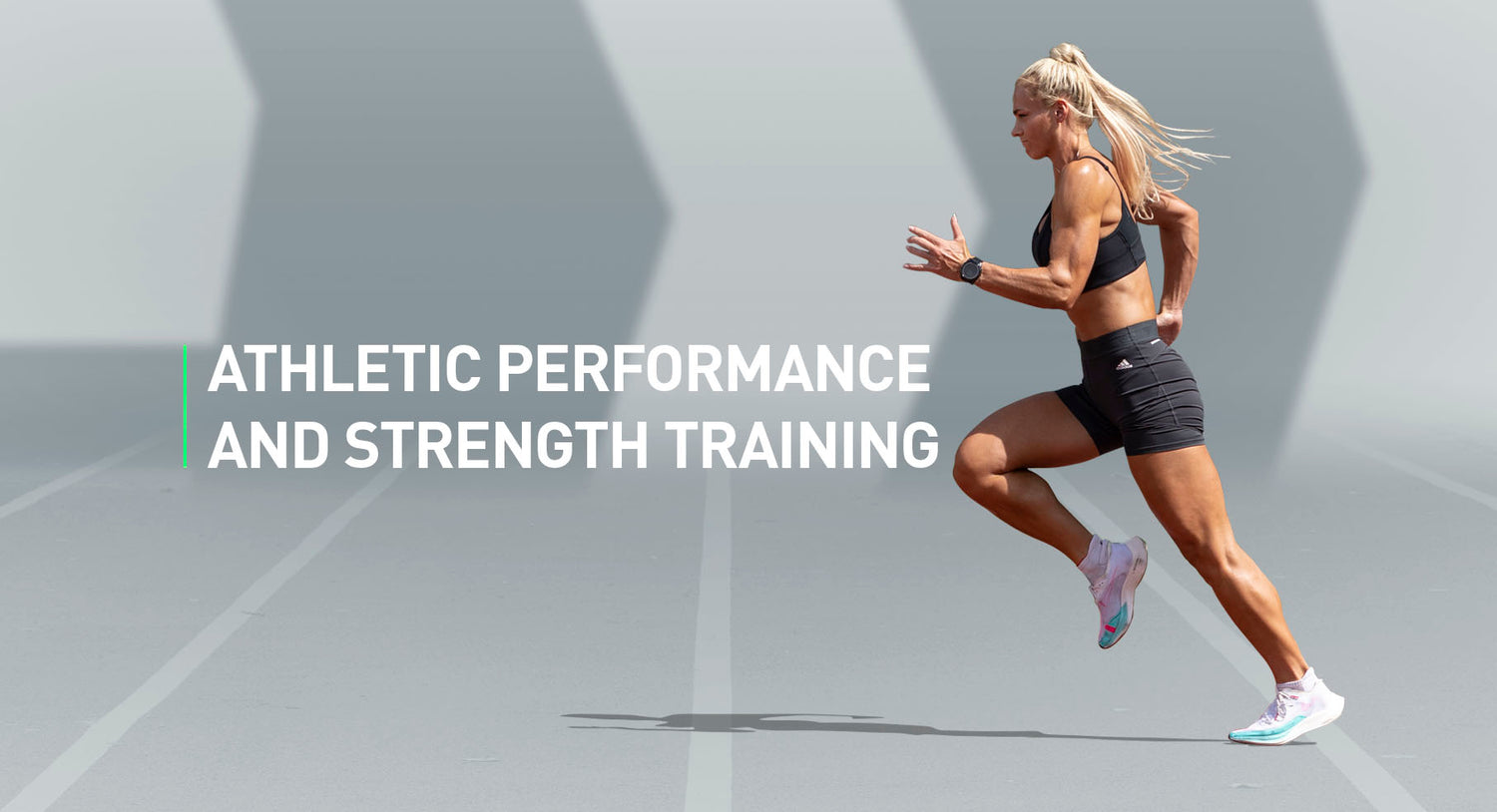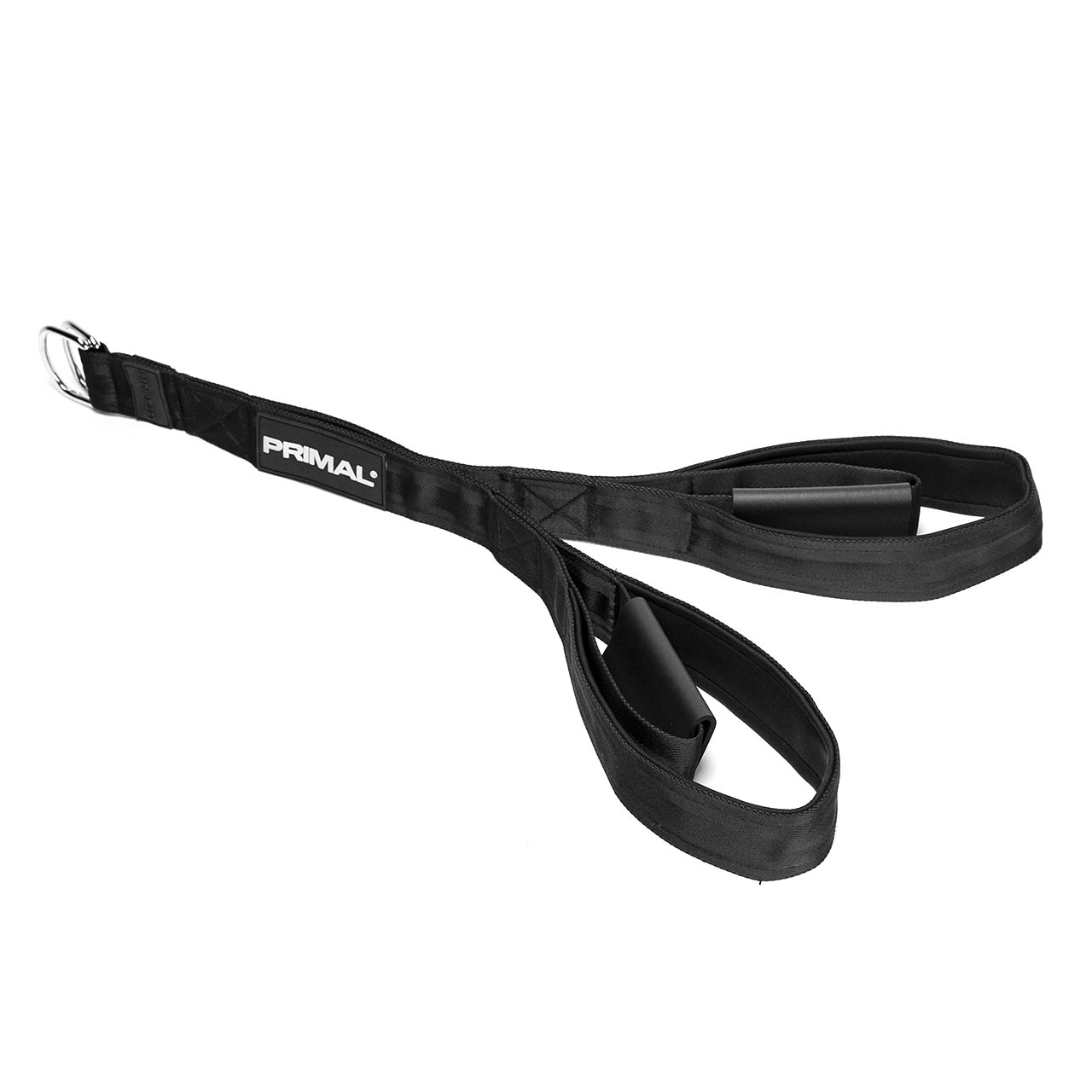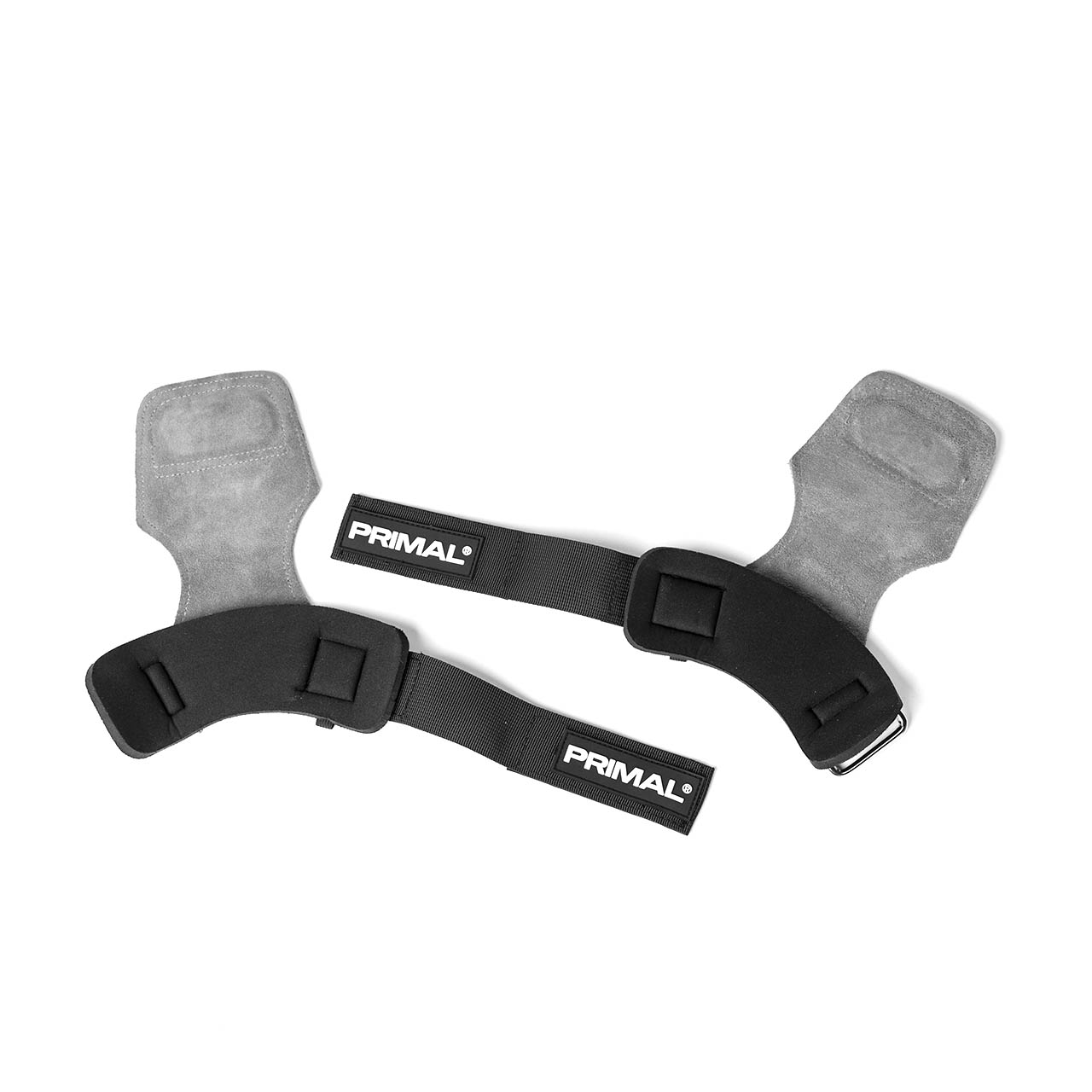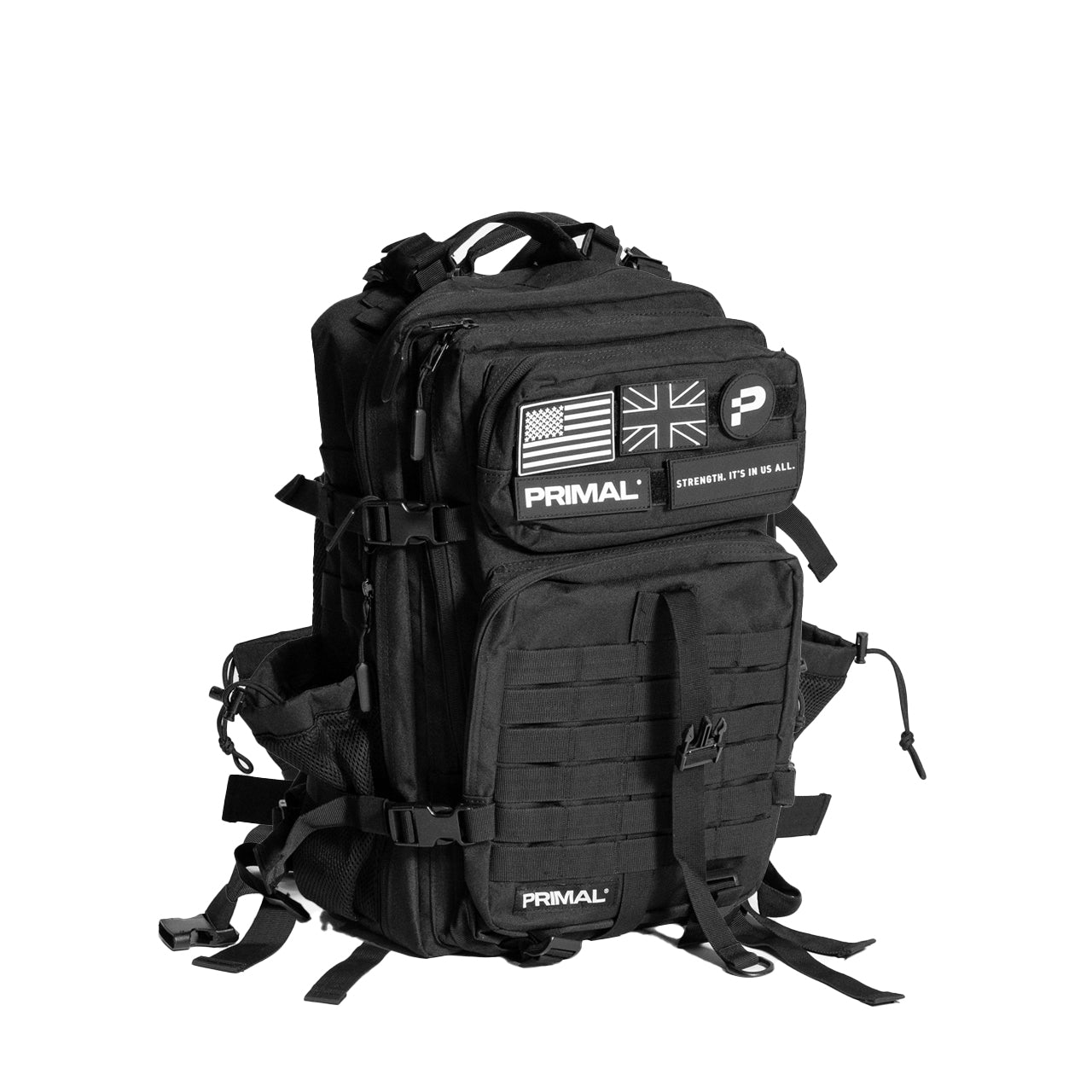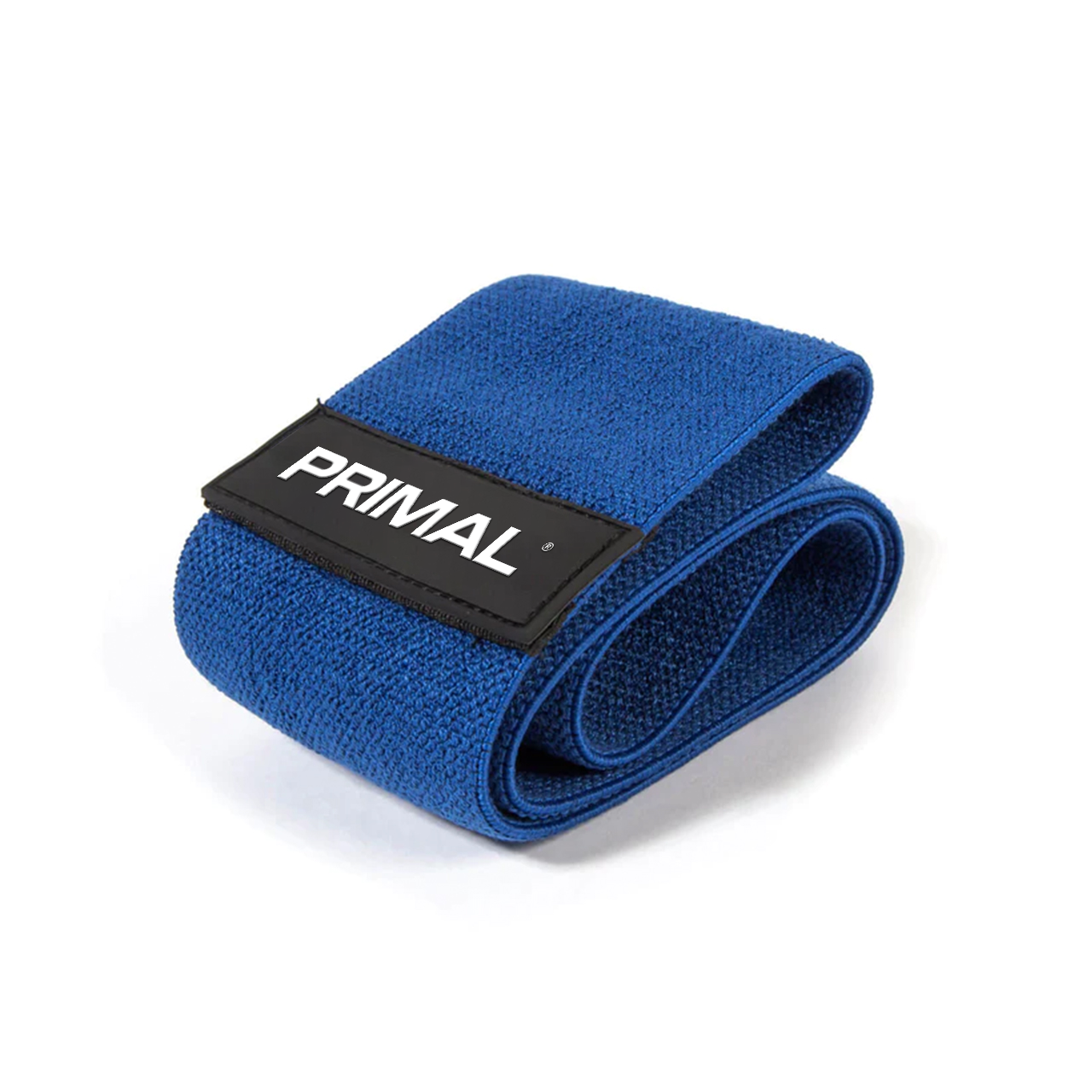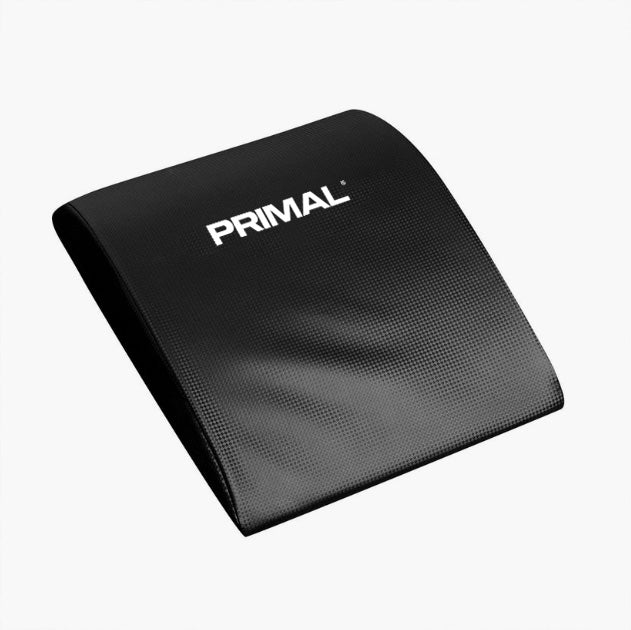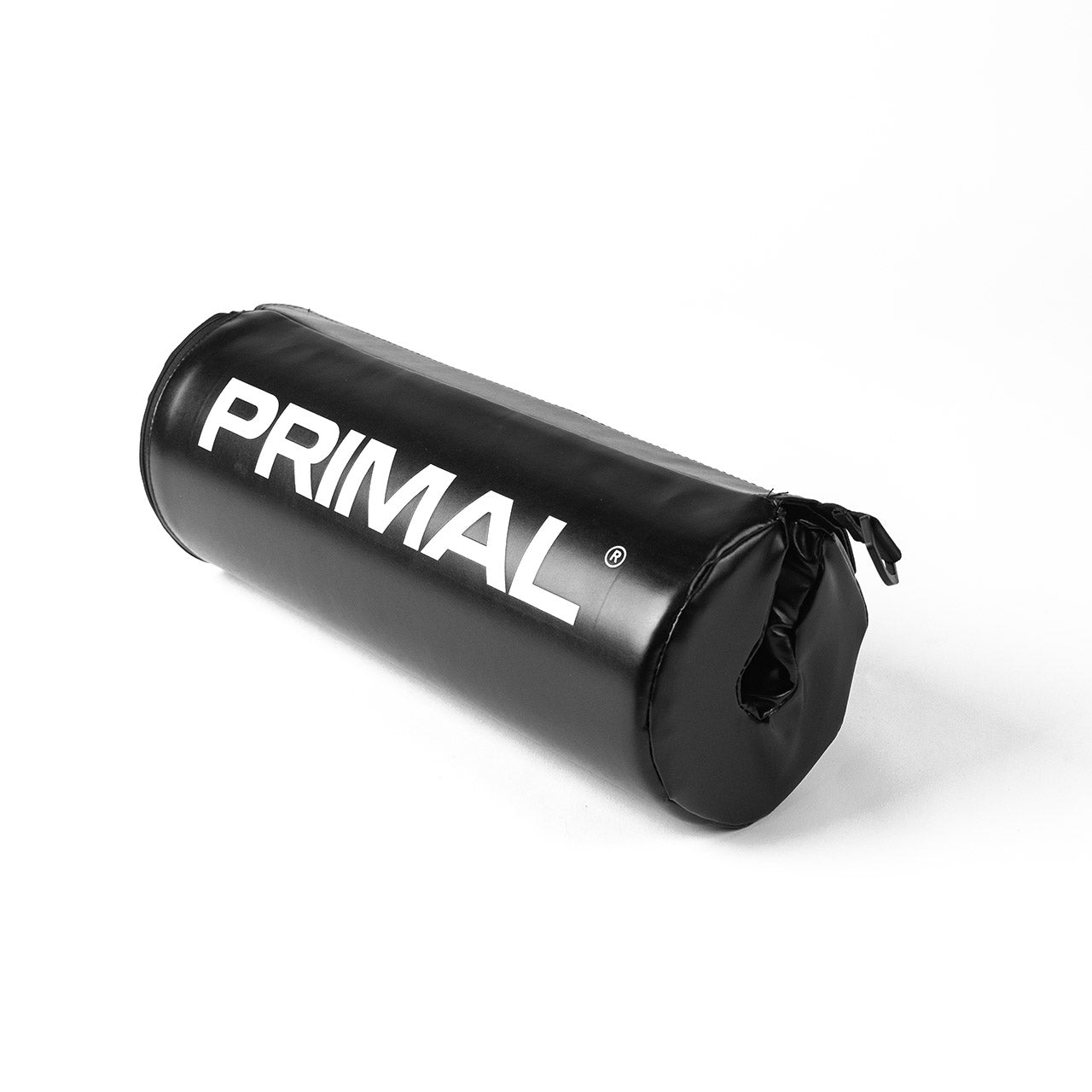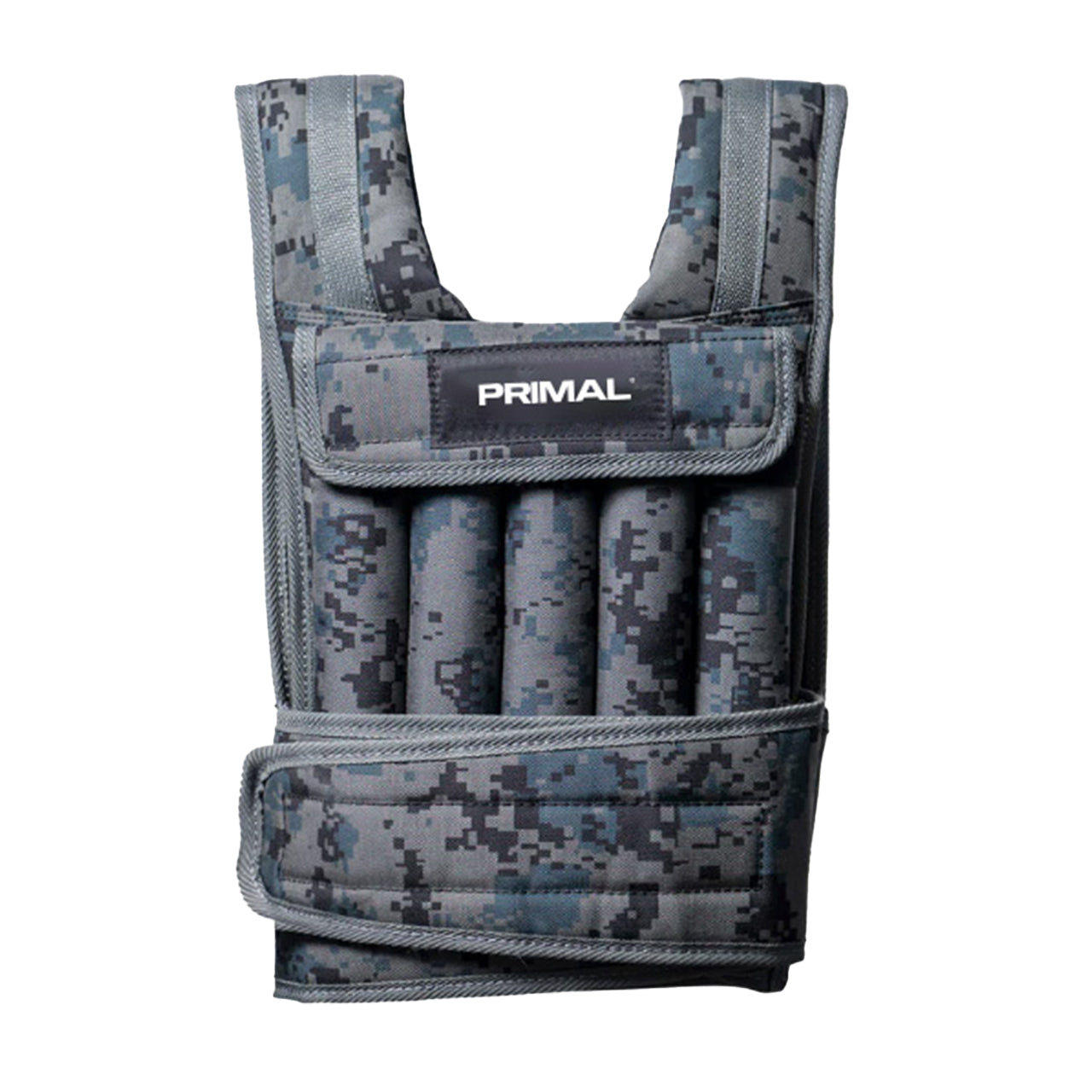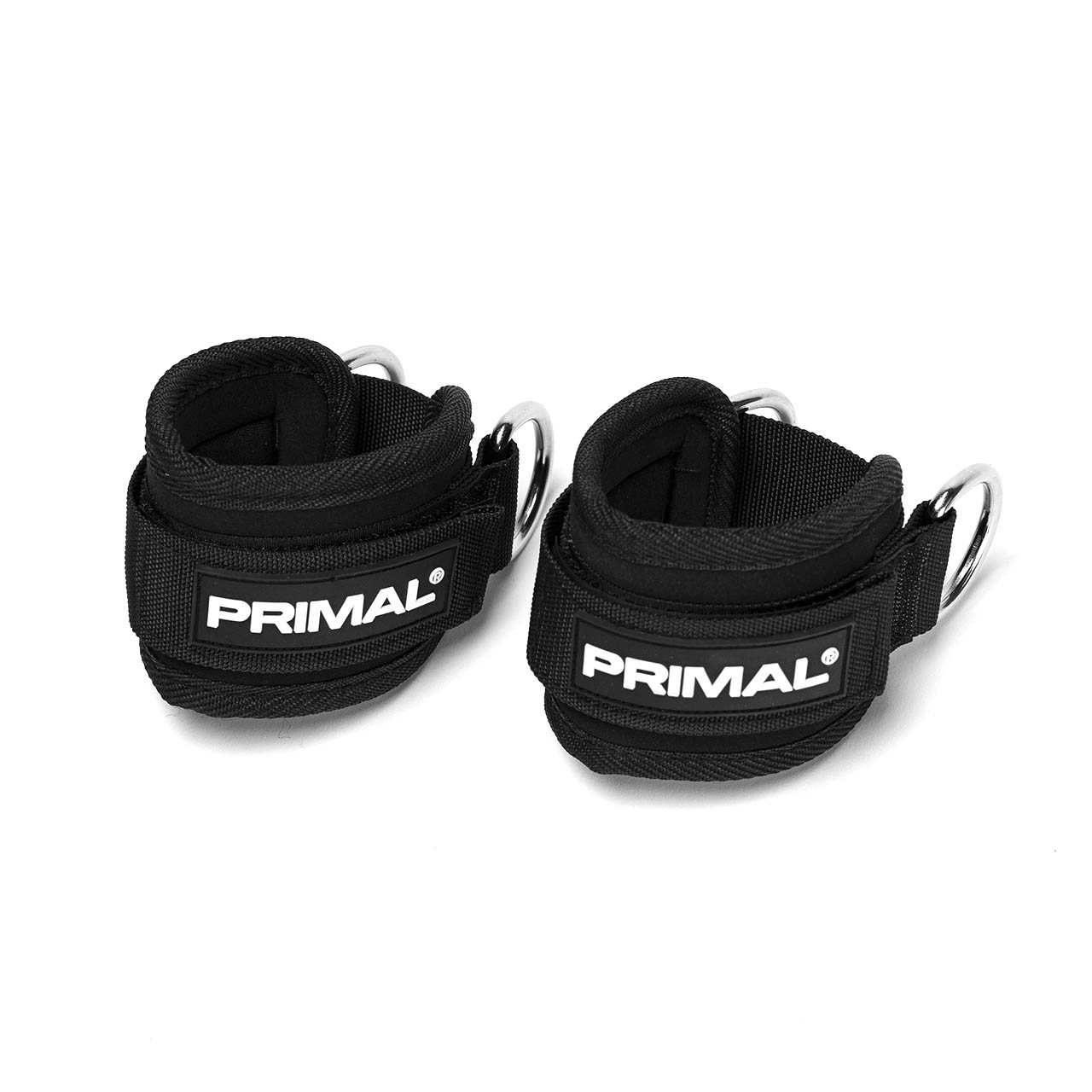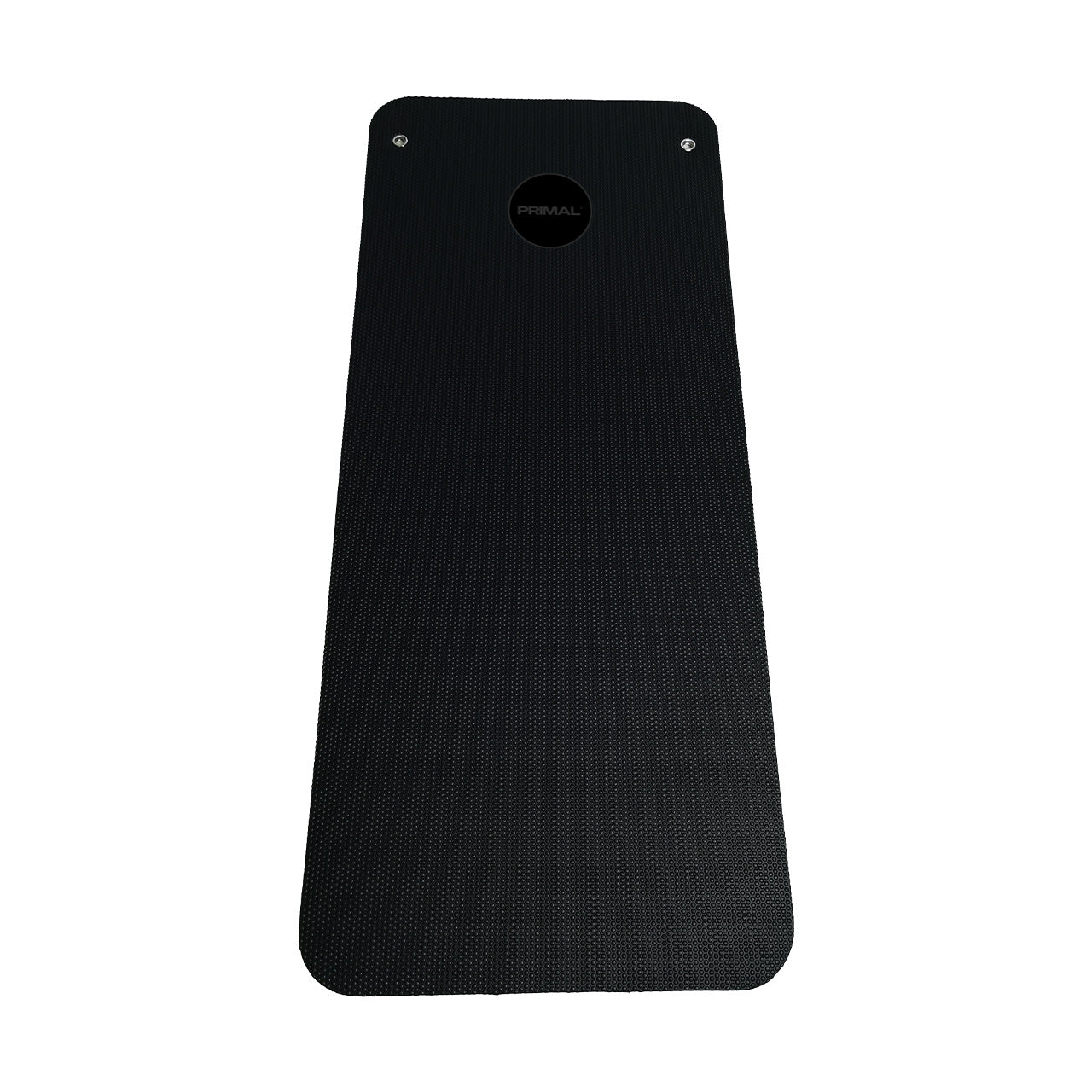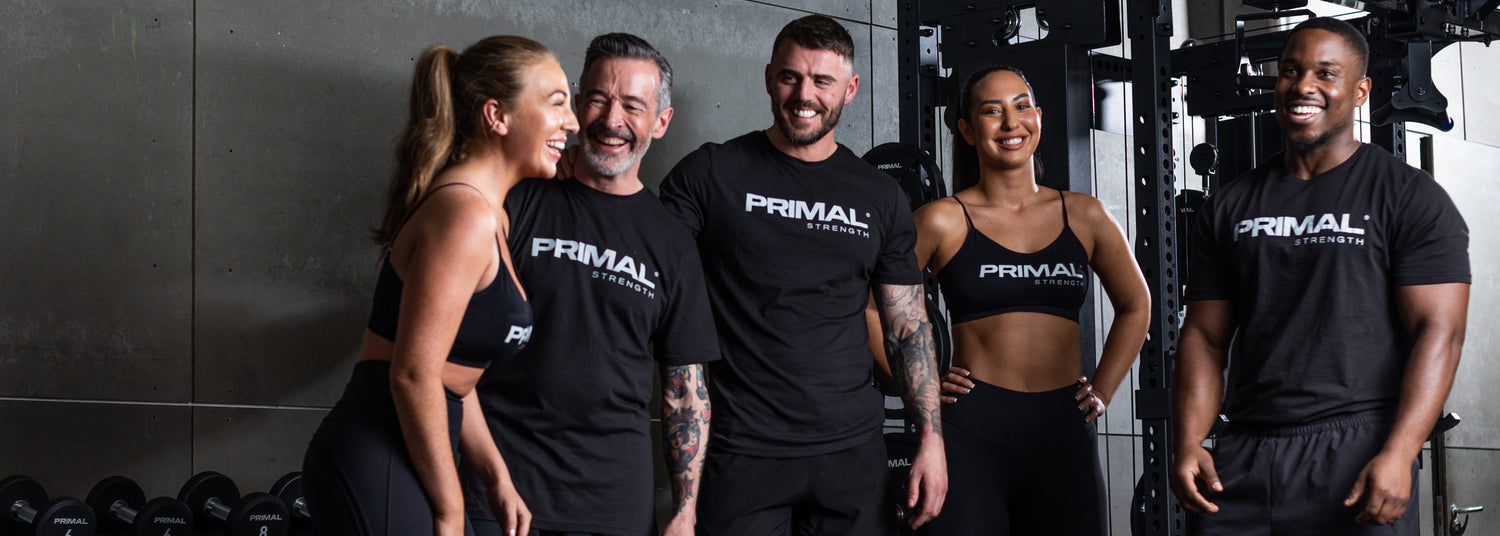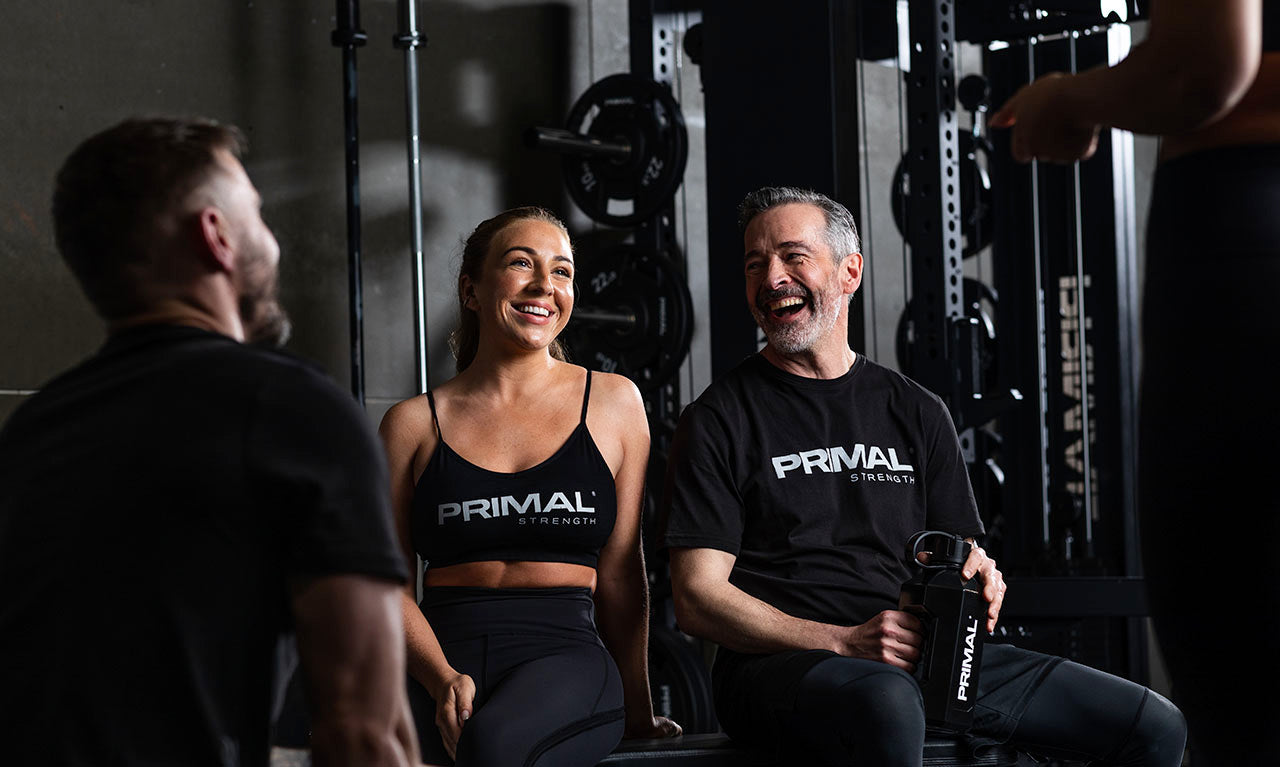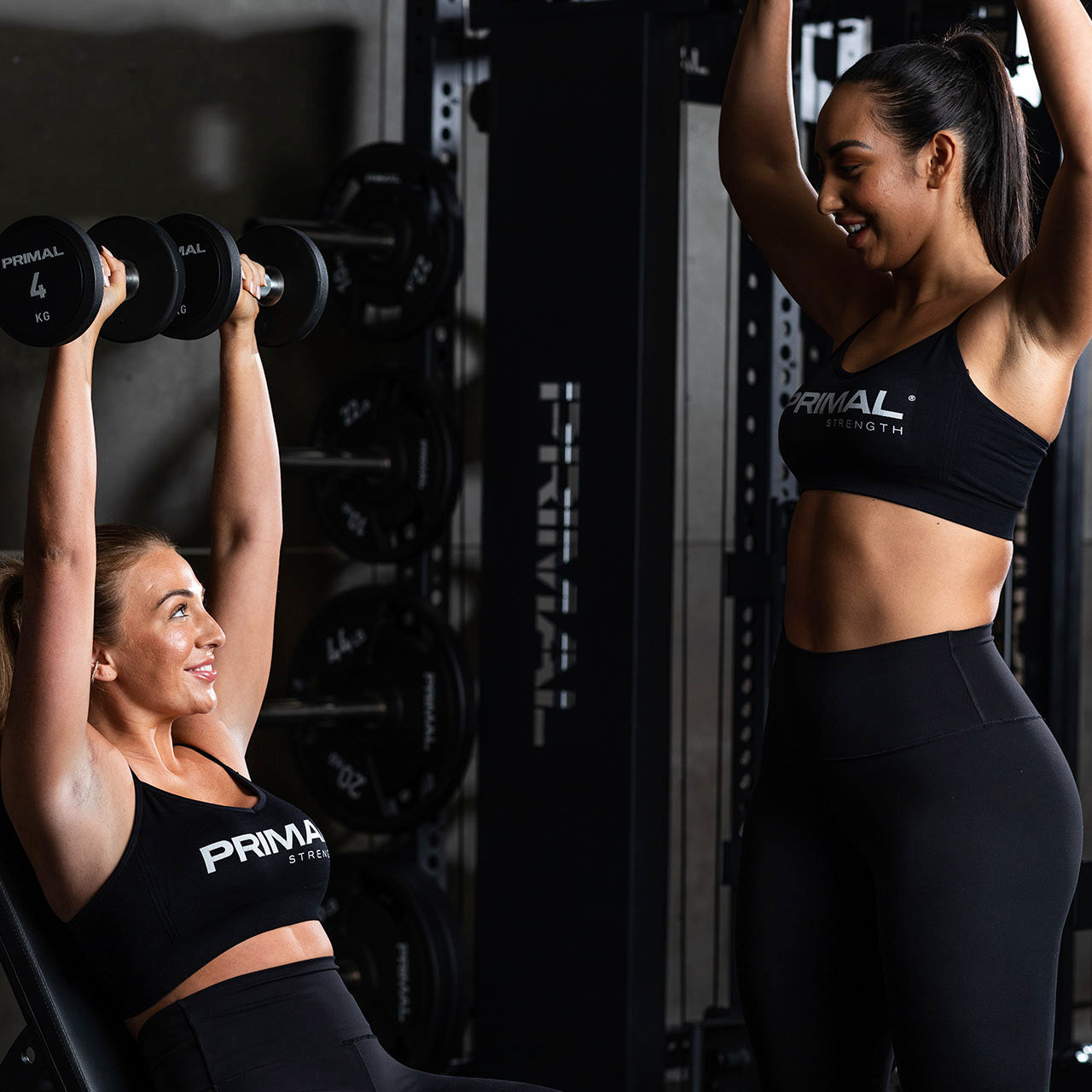
Advance Your Olympic Weightlifting Performance
Weightlifting is a sport that combines raw power, technique, and finesse. It is a display of super-human strength, where athletes move as much weight as is physically feasible for them, proficiently, and as fast as possible with no margins for error.
Athletes perform lifts in different bodyweight categories, showcasing their abilities over essentially six lifts, segmented into two traditional weightlifting disciplines: the snatch and the clean and jerk.
THE SNATCH
The snatch is a single-move lift with a wide grip on the barbell. A pre-selected weight is propelled from the ground to directly overhead. It incorporates the traps, lats, delts, glutes, quads, hamstrings, adductors, spinal erectors, and arguably most muscles as a whole-body action. A movement requiring technique and finesse, the snatch is as much about skill as it is strength.
THE CLEAN AND JERK
The clean and jerk differs from the snatch and is one of raw power that applies many of the same muscle groups. It is a close-gripped, two-part lift. Part one of the lift consists of an explosive pull from the ground to the shoulders (the clean). Then, the lift transitions from a frontal squat position into the second part (the jerk), where the weight is thrust overhead.
Both movements combine raw strength and power. It requires an individual to accelerate mass at speed, effectively improving the ability to produce high acceleration against heavy resistance.
The heaviest lift in each discipline is combined, and the competitor with the highest aggregate weight is placed at the top.
Amongst the elite, a 1% advantage can set an athlete apart where a split second in timing or 0.25 kg means success or failure. At Primal, we have poured years of industry expertise into developing class-leading strength equipment to support your strength training ambitions.
KEY STRENGTH EXERCISES TO IMPROVE WEIGHTLIFTING
Whether a fit-for-lifer, everyday lifter, corporate or professional athlete, you can incorporate an extensive arsenal of additional strength exercises into your regime to improve your weightlifting. However, the ones that offer the most return on investment with your weightlifting equipment and strength training are those that closely resemble the lifts you are chasing.
Supplementary and auxiliary movements can facilitate bigger lifts, more efficiently performed, at reduced risk of injury, making you the most resilient, capable lifter possible.
THE FRONT SQUAT
The front squat is specific to the clean and jerk and a great addition to any strength training regime that concentrates on improving the ability to move heavy loads from the floor. The front squat requires trunk and core strength. It recruits the upper and mid back whilst integrating the quads, hamstrings, and glutes.
The squat is a foundational component of both infamous lifts. Front squat, back, or preferably both, must be included in your regime if you want to enhance your weightlifting.
THE PUSH JERK
The push jerk completes the latter part of the clean and jerk as a deviation movement without the split stance to finish, which some competitors preferentially adopt. Equally placed feet that do not move provide a stable base of support for gradually progressing the movement for what can evolve as push/split jerk.
The terms power jerk and push jerk are used synonymously but are distinctly different in that the feet stay connected with the floor in a push jerk. Both recruit the same muscle groups, but the split demands additional stability.
A dip of the knees and drive to accelerate incorporates the glutes, quads, hamstrings, and calves. This dip and drive couples the speed and velocity required for the clean and jerk, where the triceps, shoulders, and core pick up the momentum to stabilize the weight overhead.
Incorporating the push jerk presents the opportunity to practice a crucial part of the clean and jerk. Still, it minimizes the distance the load must travel by excluding the clean from the ground, removing the force required to get a bar to the shoulders. You can use heavier weights, enabling transference over to a more robust and stable finishing clean and jerk position.
Primal have engineered racks to withstand the most rigorous strength training sessions. A comprehensive line of weightlifting equipment, including Olympic barbells and bumper plates, ensures you have multiple options for strength equipment to improve every aspect of your training.
THE SNATCH HIGH PULL
The snatch high pull can act as a segue from routine, gradually progressed strength training patterns to explosively dynamic movements and strength-speed relationships.
The high pull excludes the intent to clear the shoulders and extend above the head by and instead focuses the first element of the iconic lift.
The high pull focuses on generating as much acceleration as possible—the explosive triple extension (extension of the hips, knees, and ankles) against load.
Snatch high pulls involve keeping the bar close to the body without touching it. The posterior chain involves the traps, lats, delts, glutes, quads, hamstrings, calves, and spinal erectors, comprising of the same muscles necessary to build bigger snatch lifts.
Snatch high pulls are essential in your strength training routine for improving your weightlifting.
At Primal, we believe everyone can become a better version of themselves, and all are capable of positive change. For this reason, we are passionate about equipping everyone to discover their true potential.
Our vast and extensive range of expertly designed weightlifting equipment can facilitate your strength training in unimaginable ways allowing you to perform at your best, equipped with the best.
